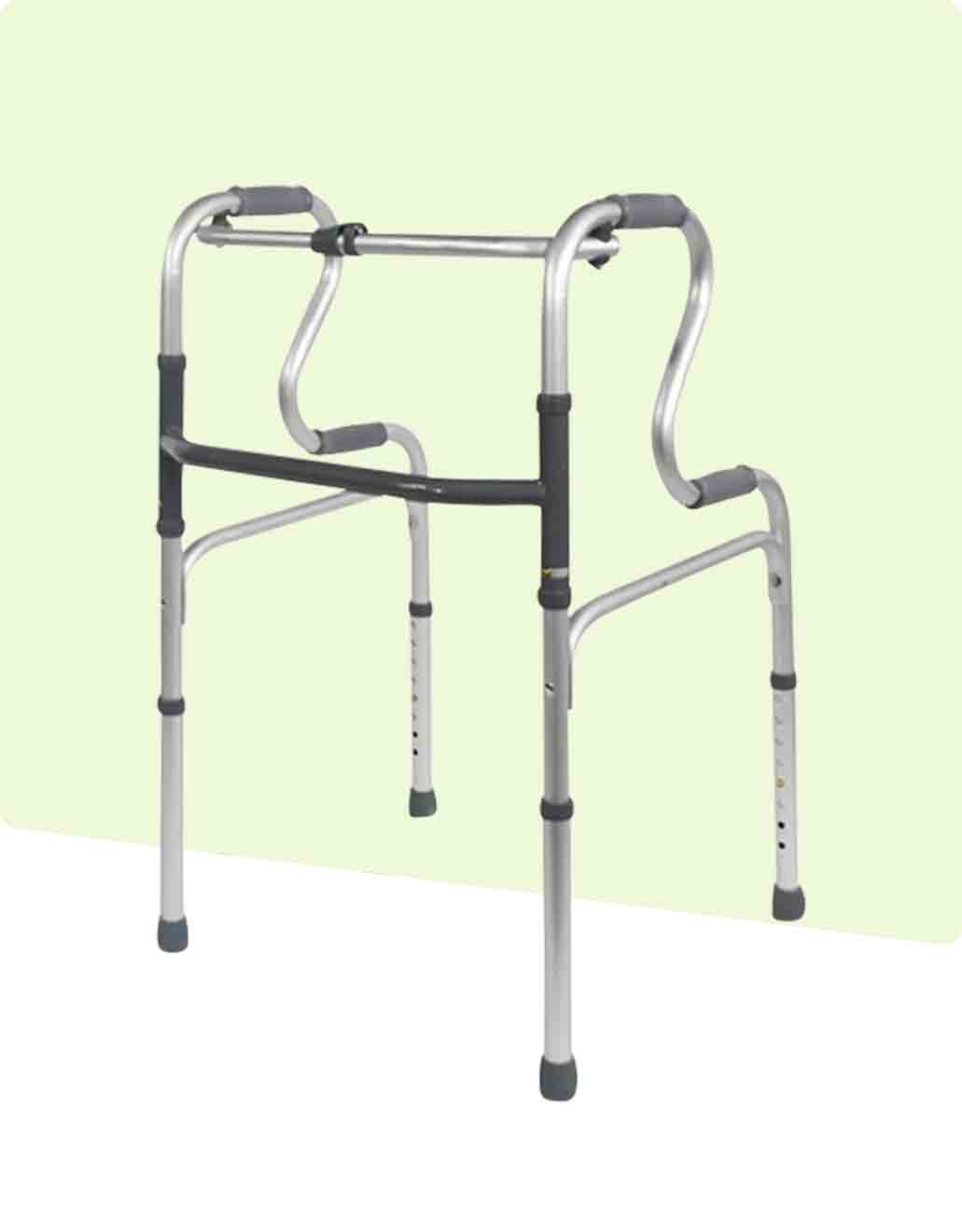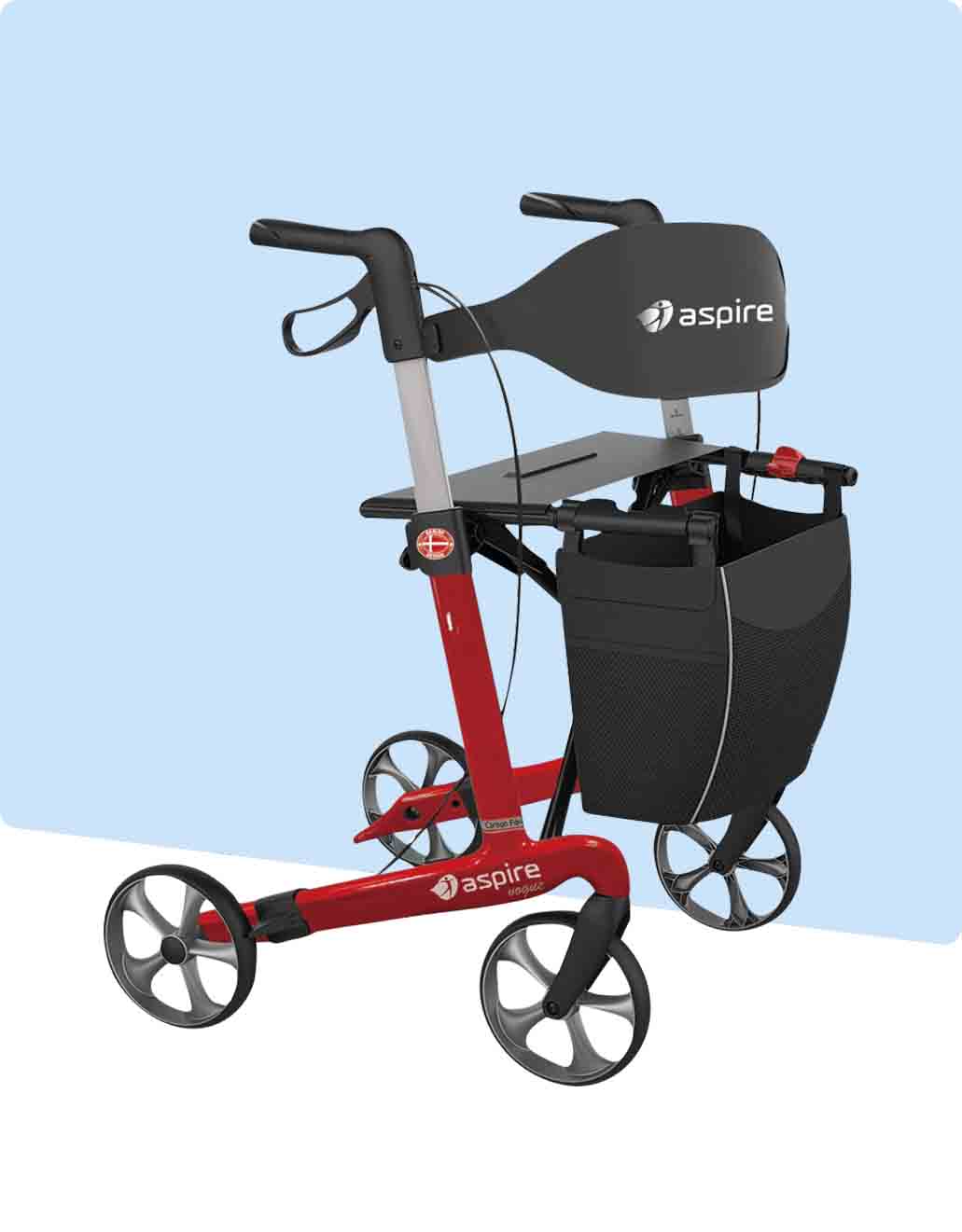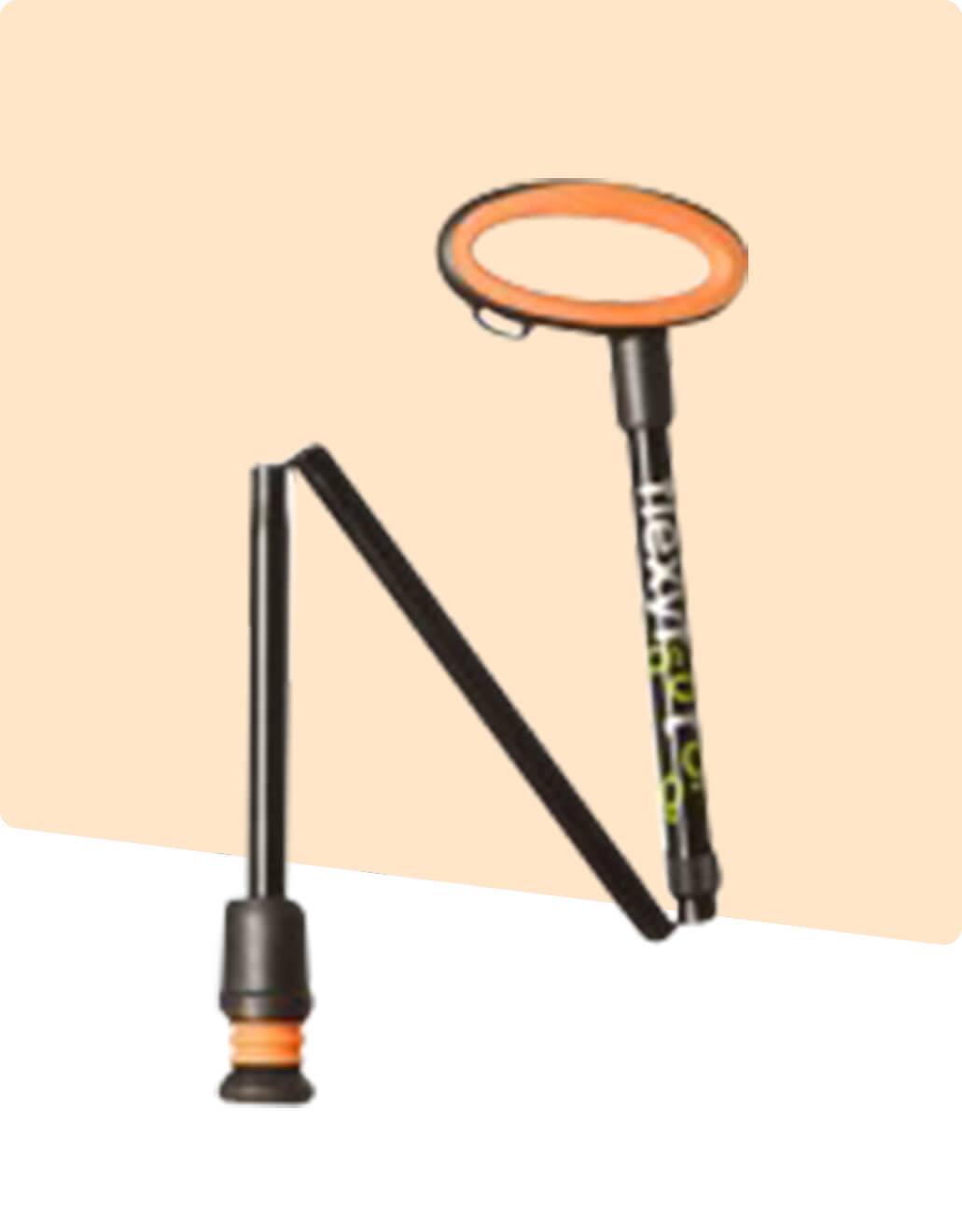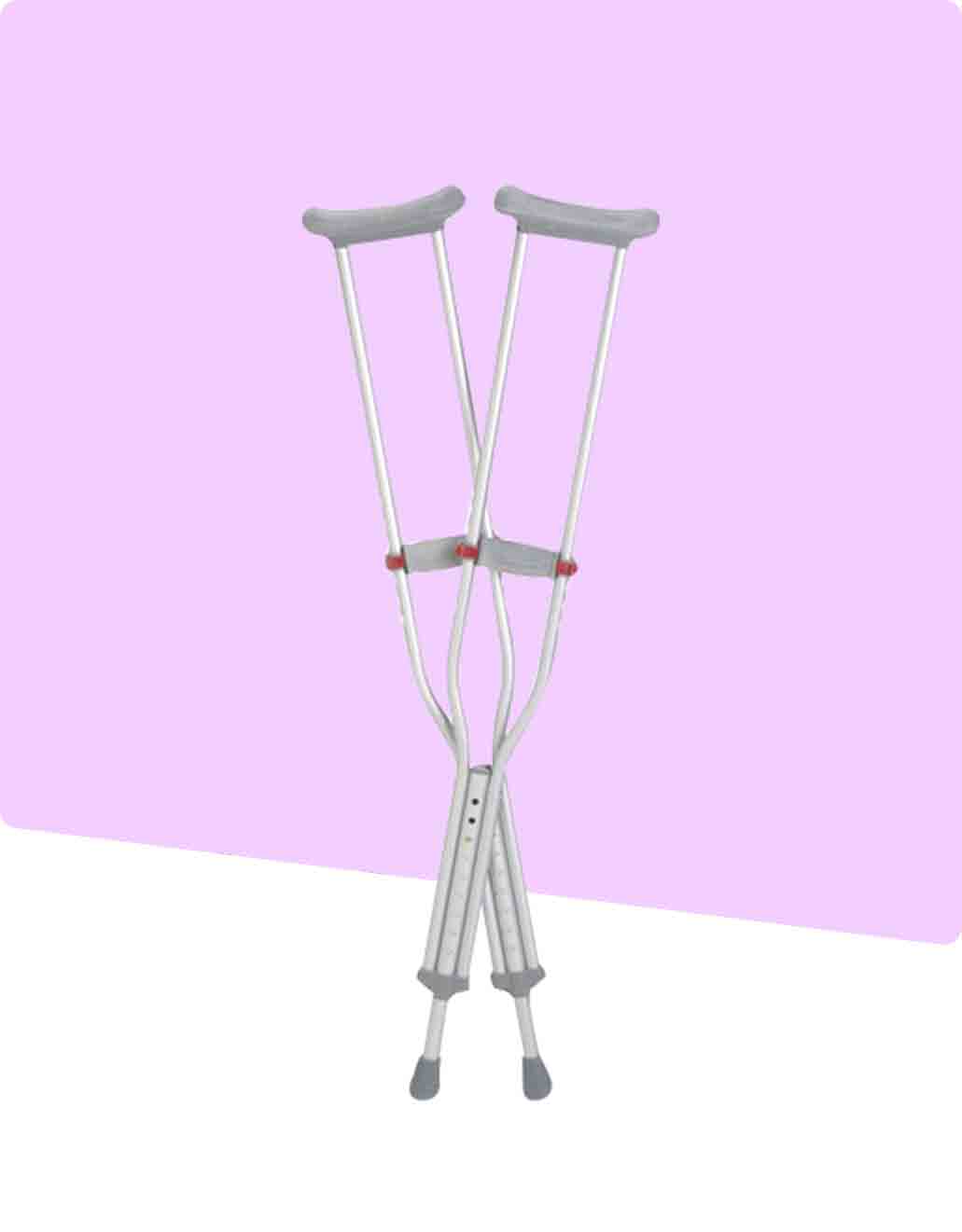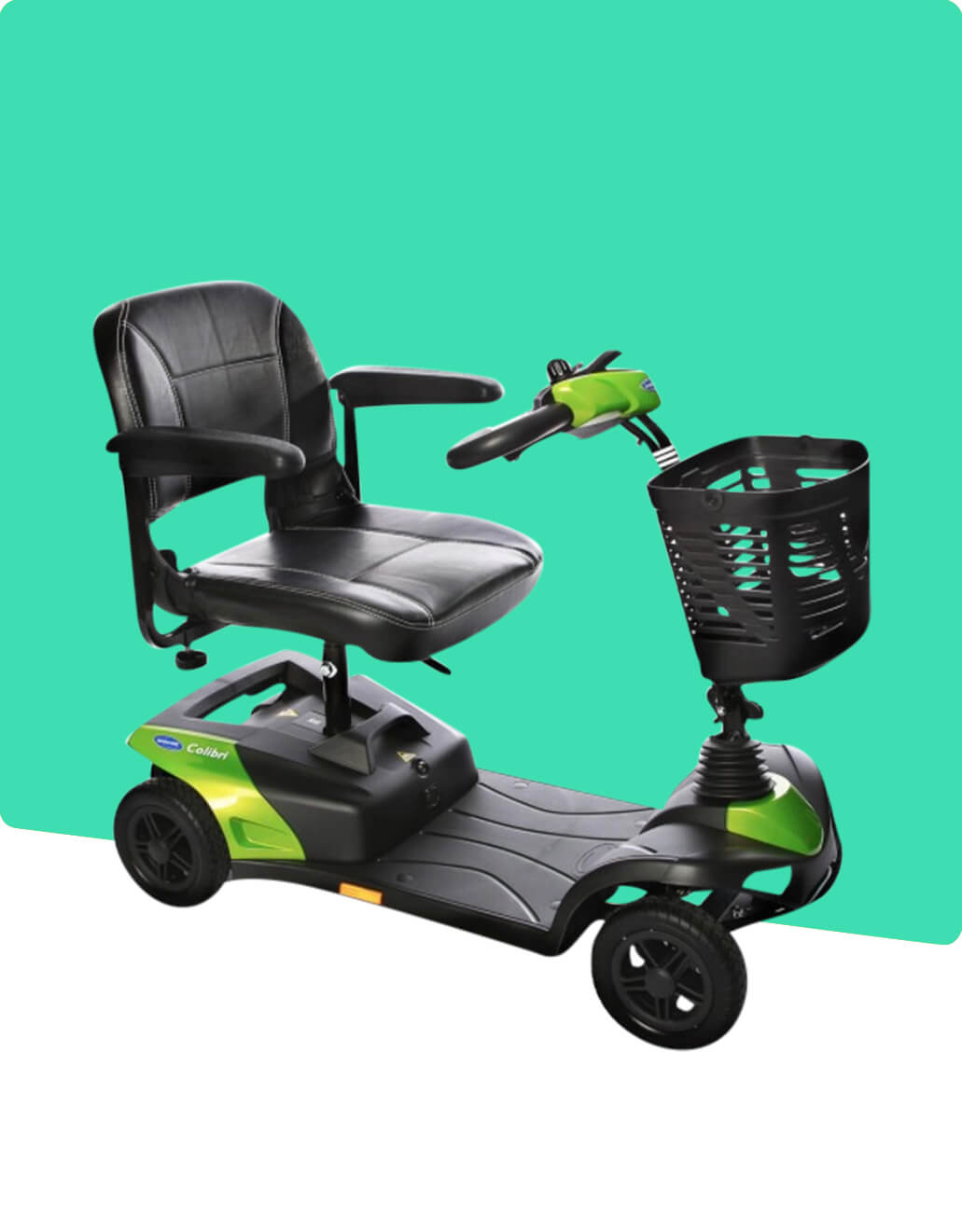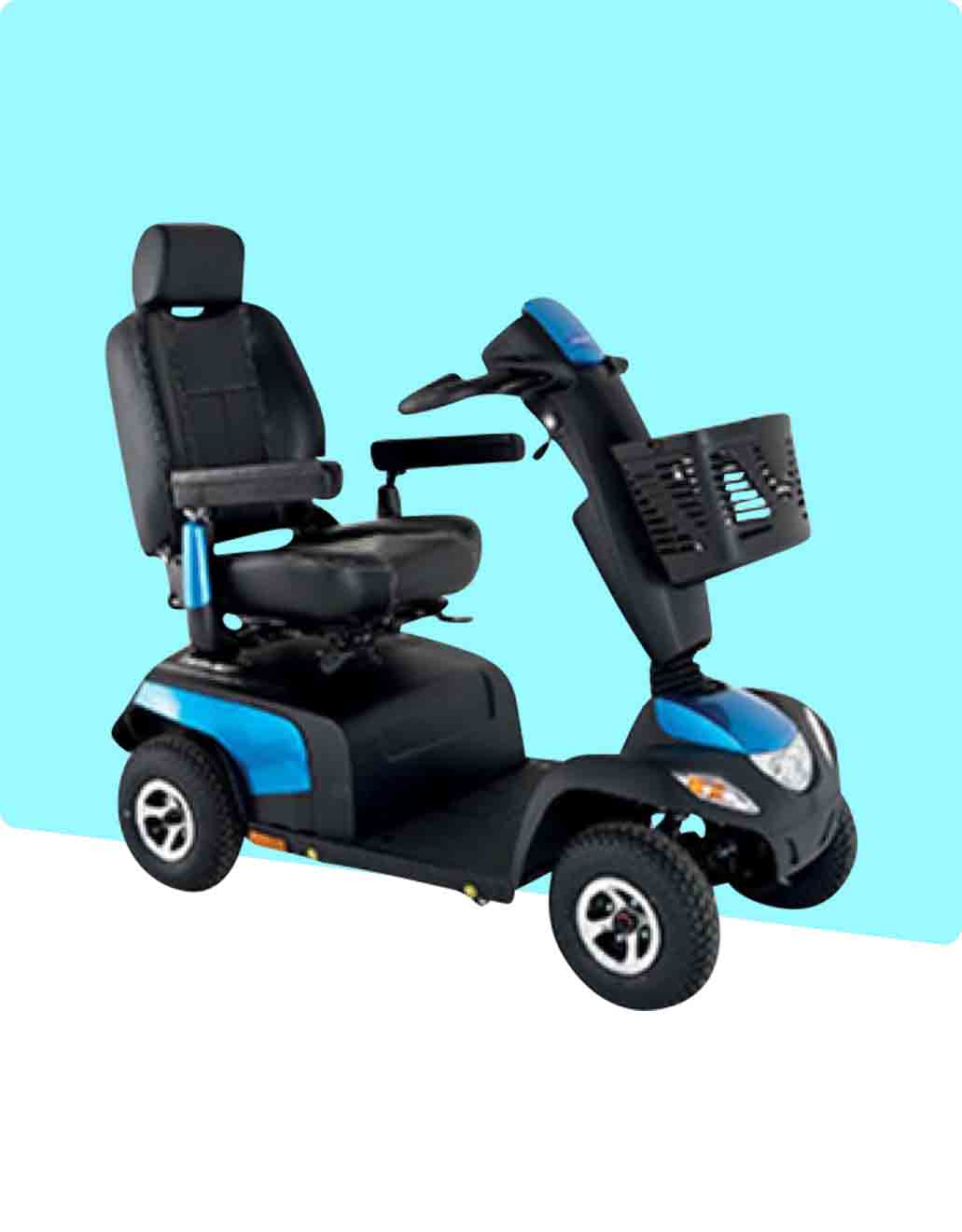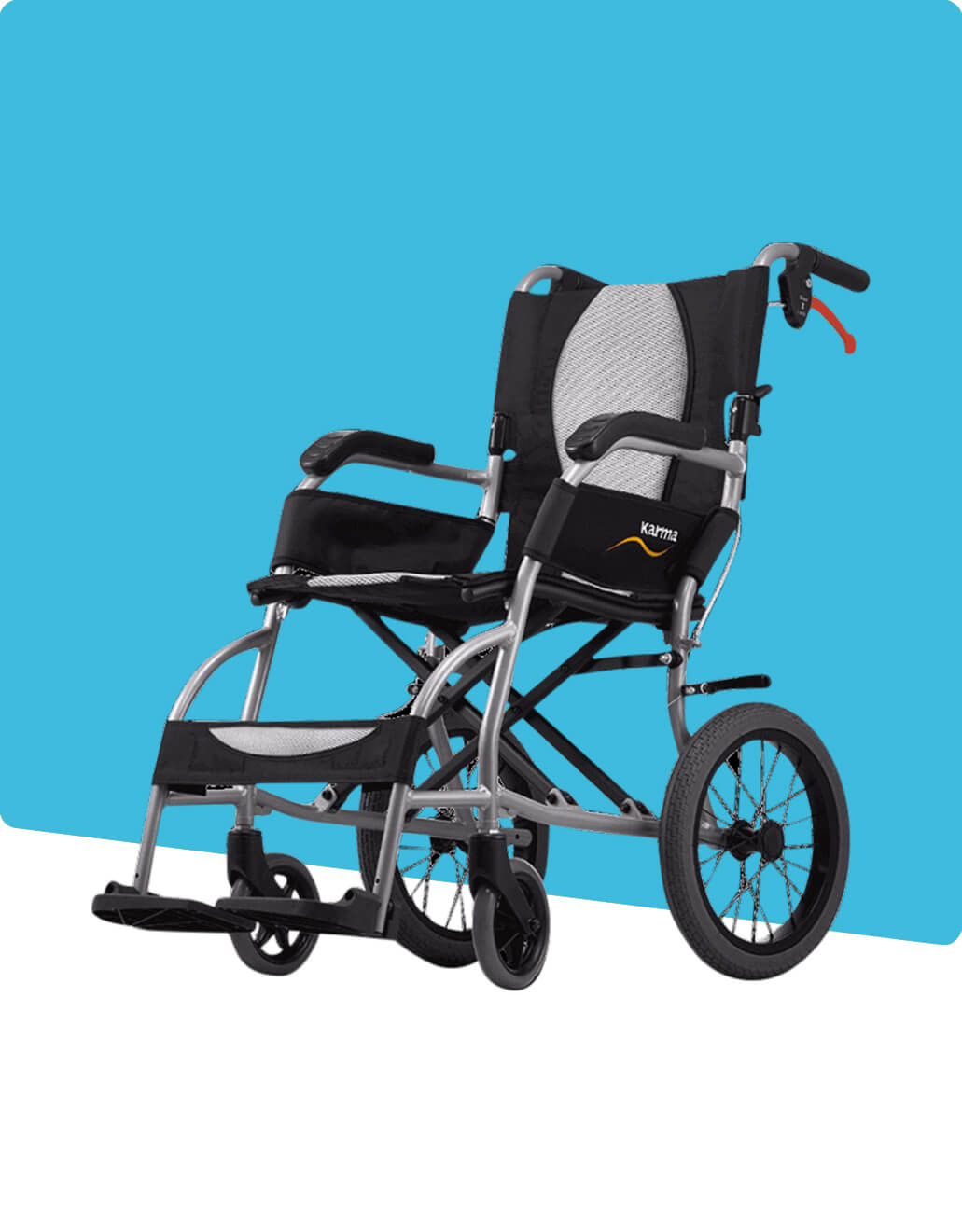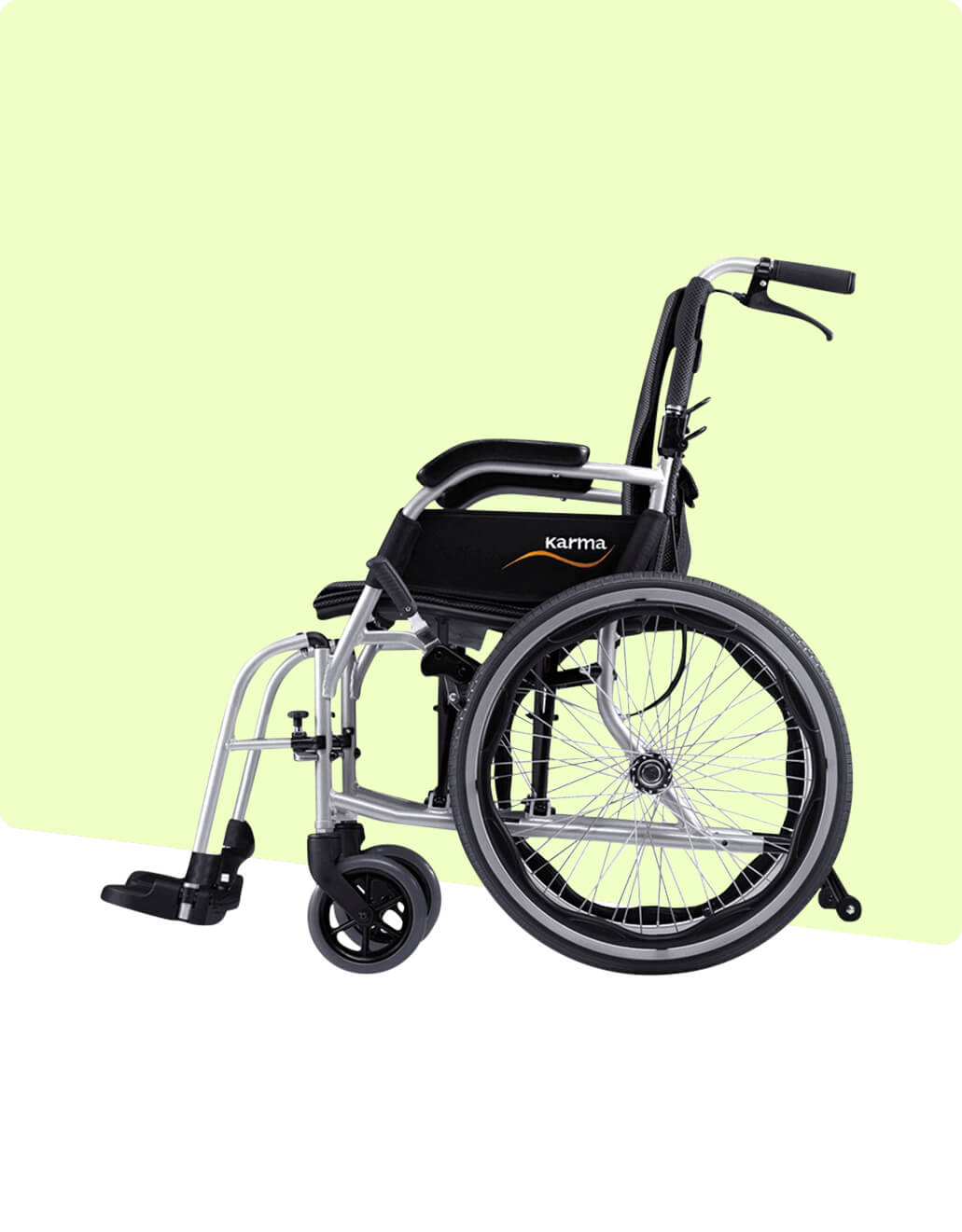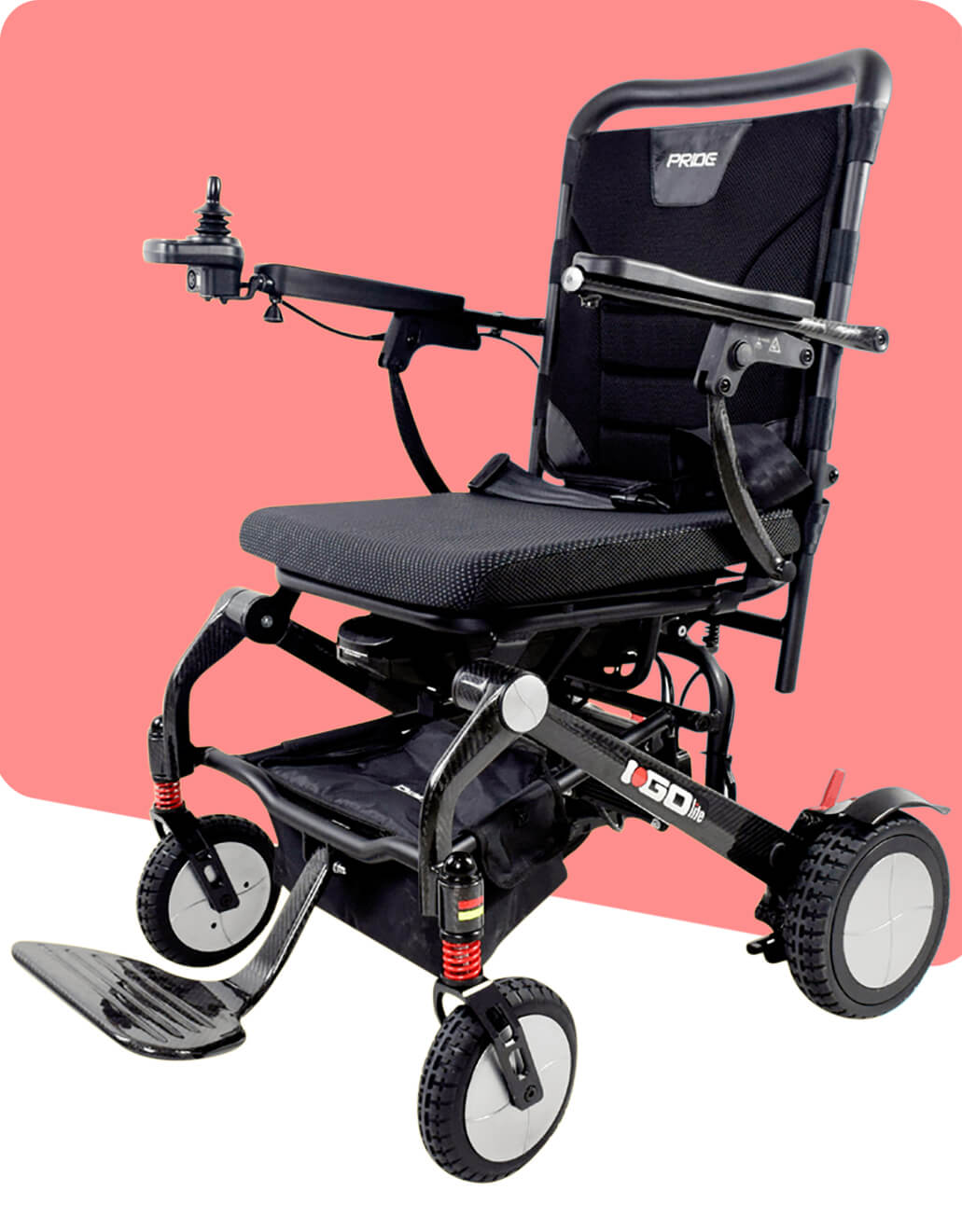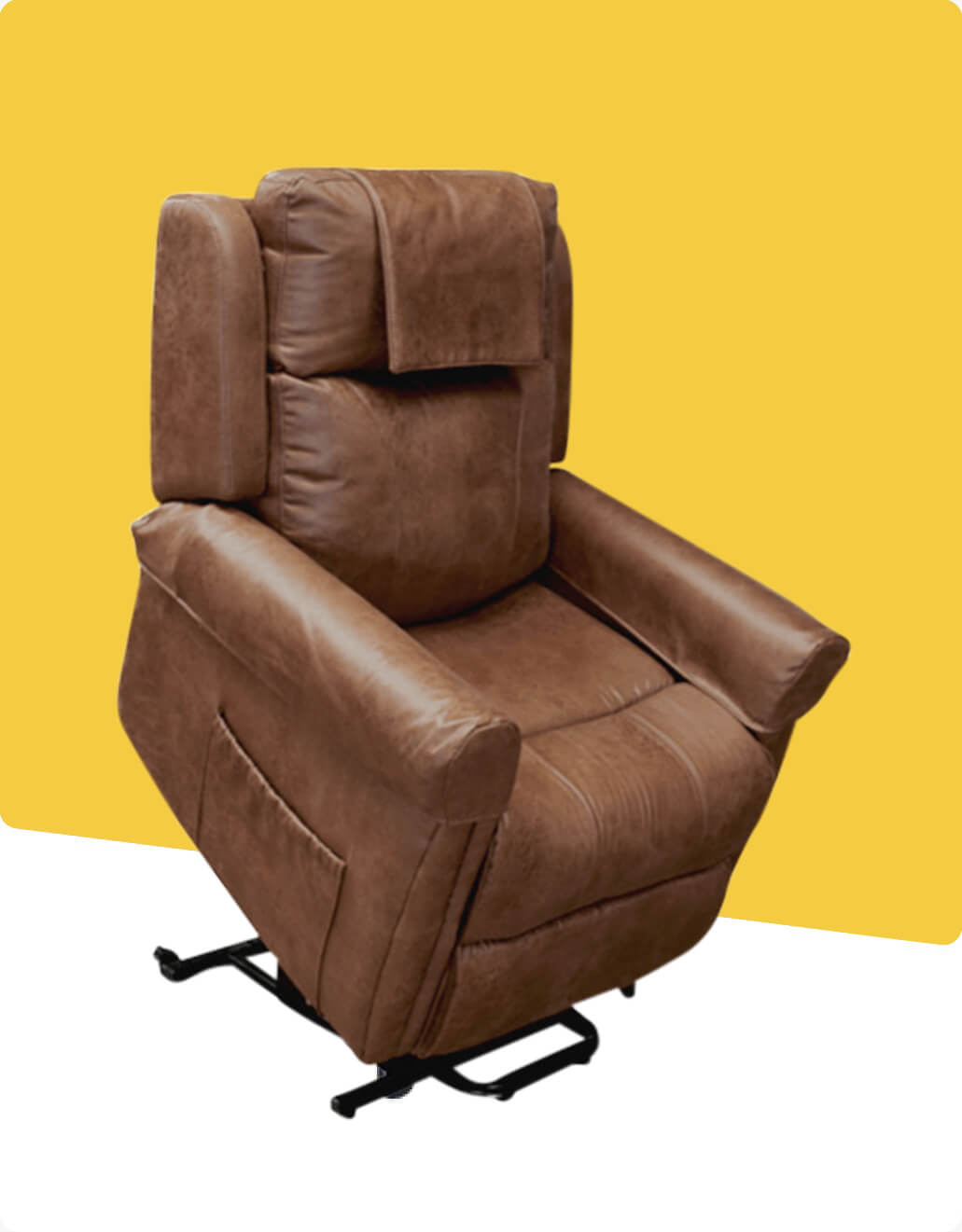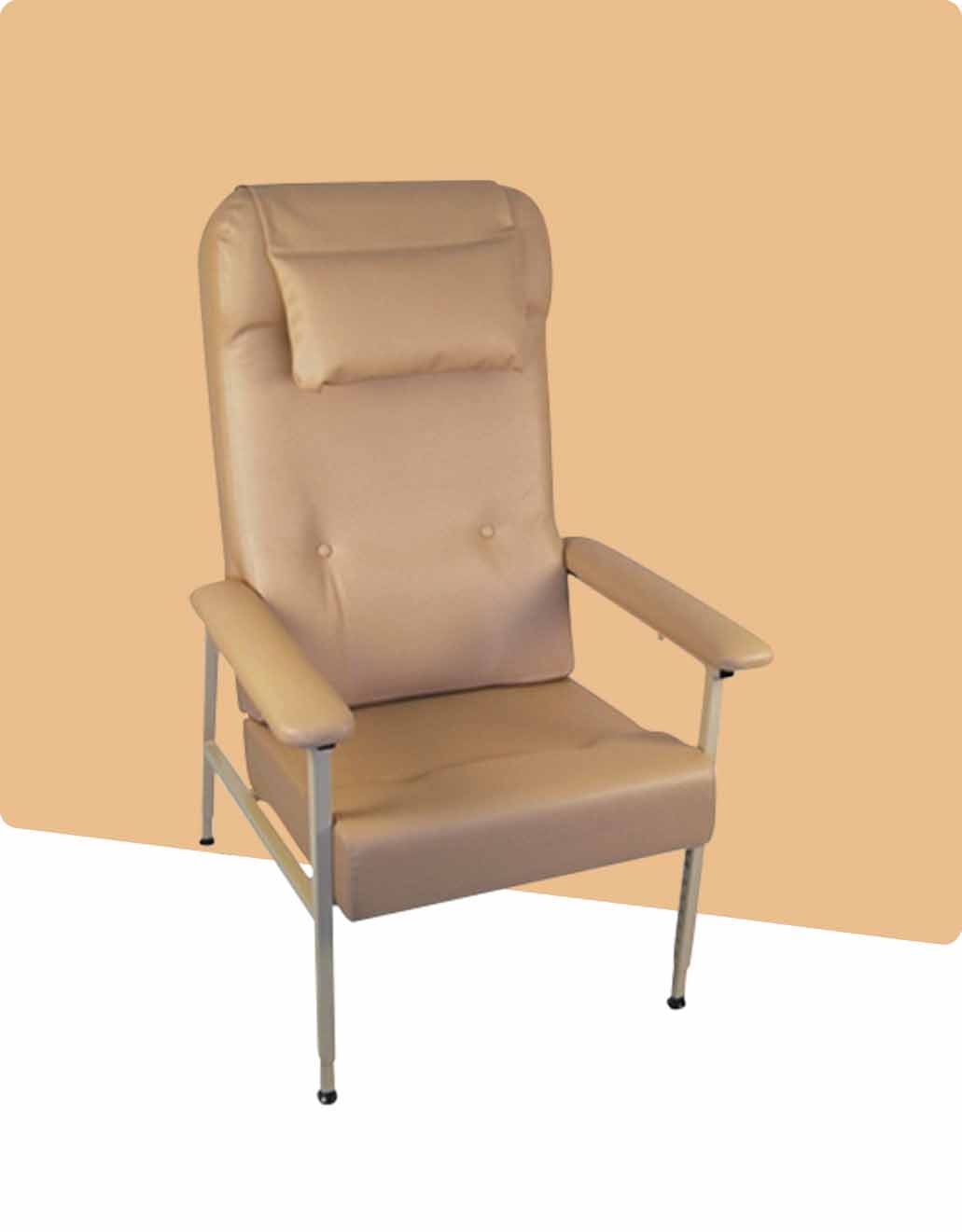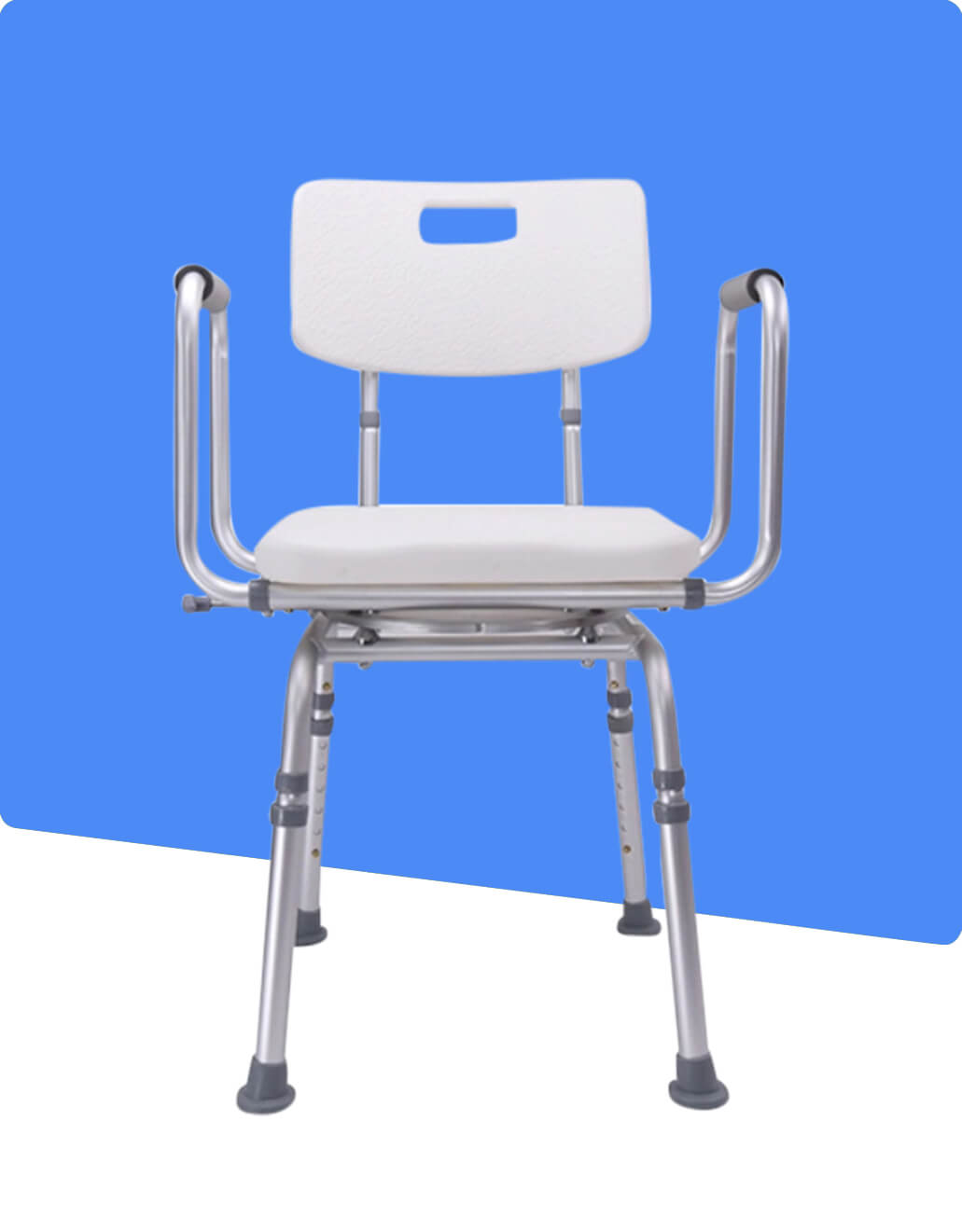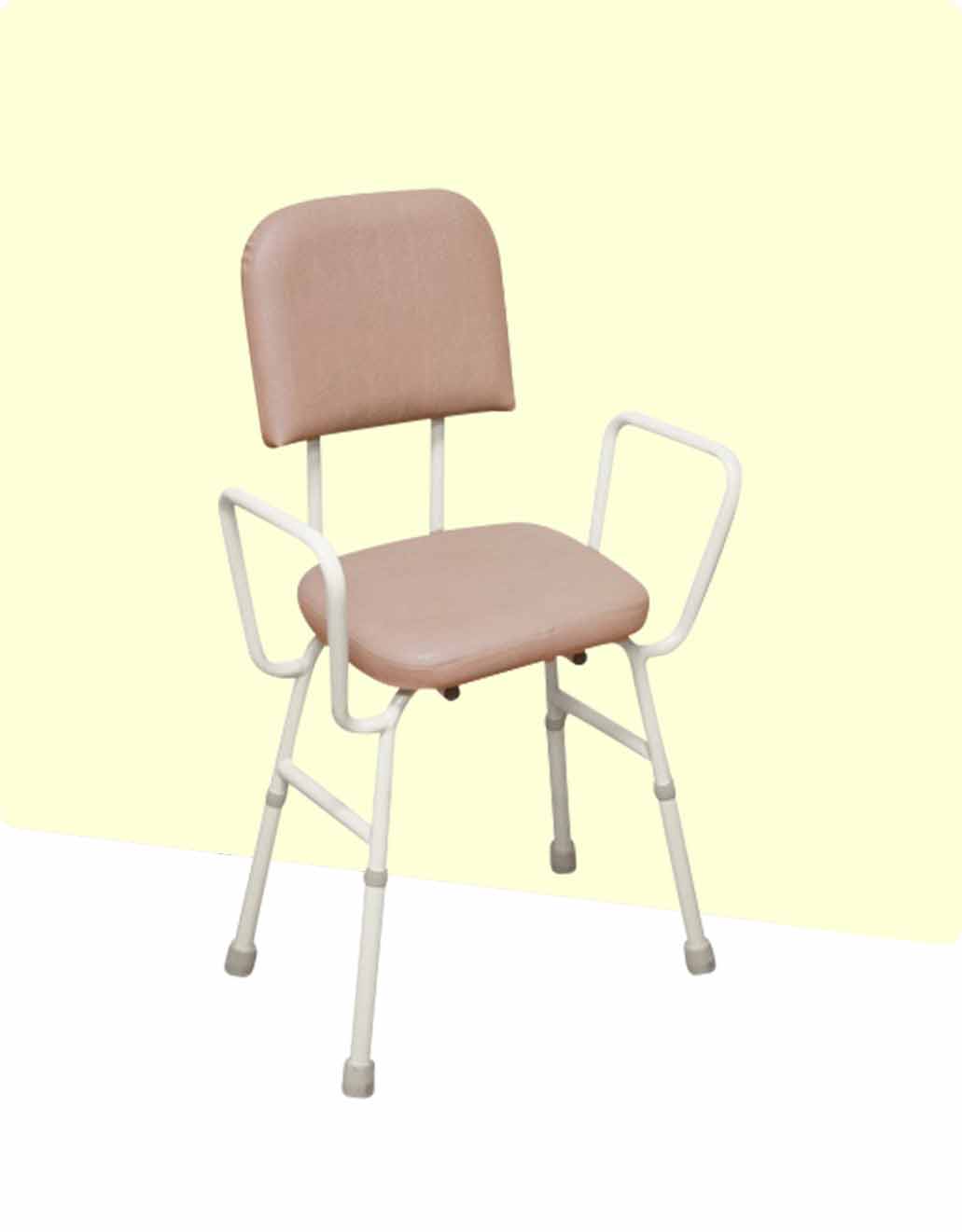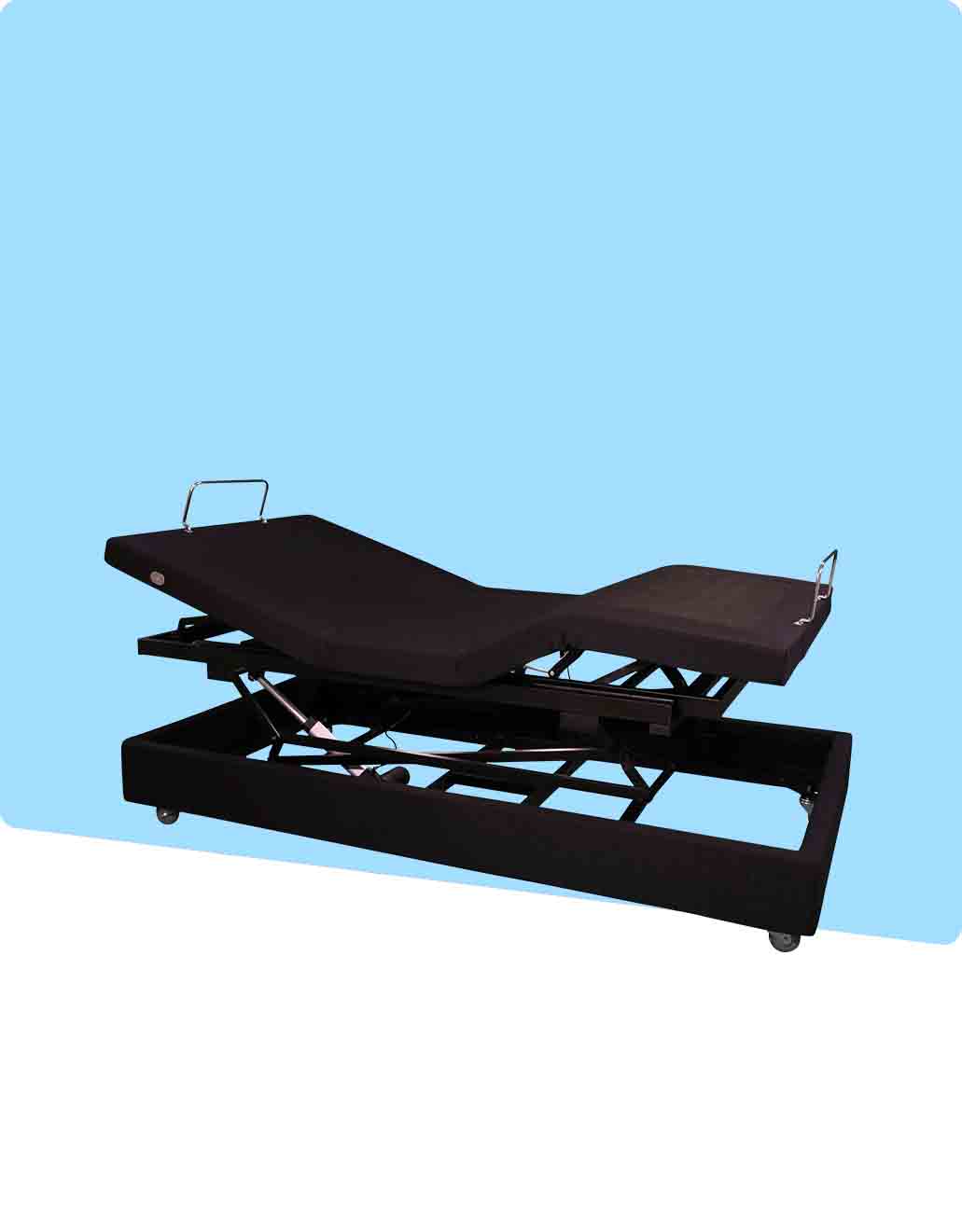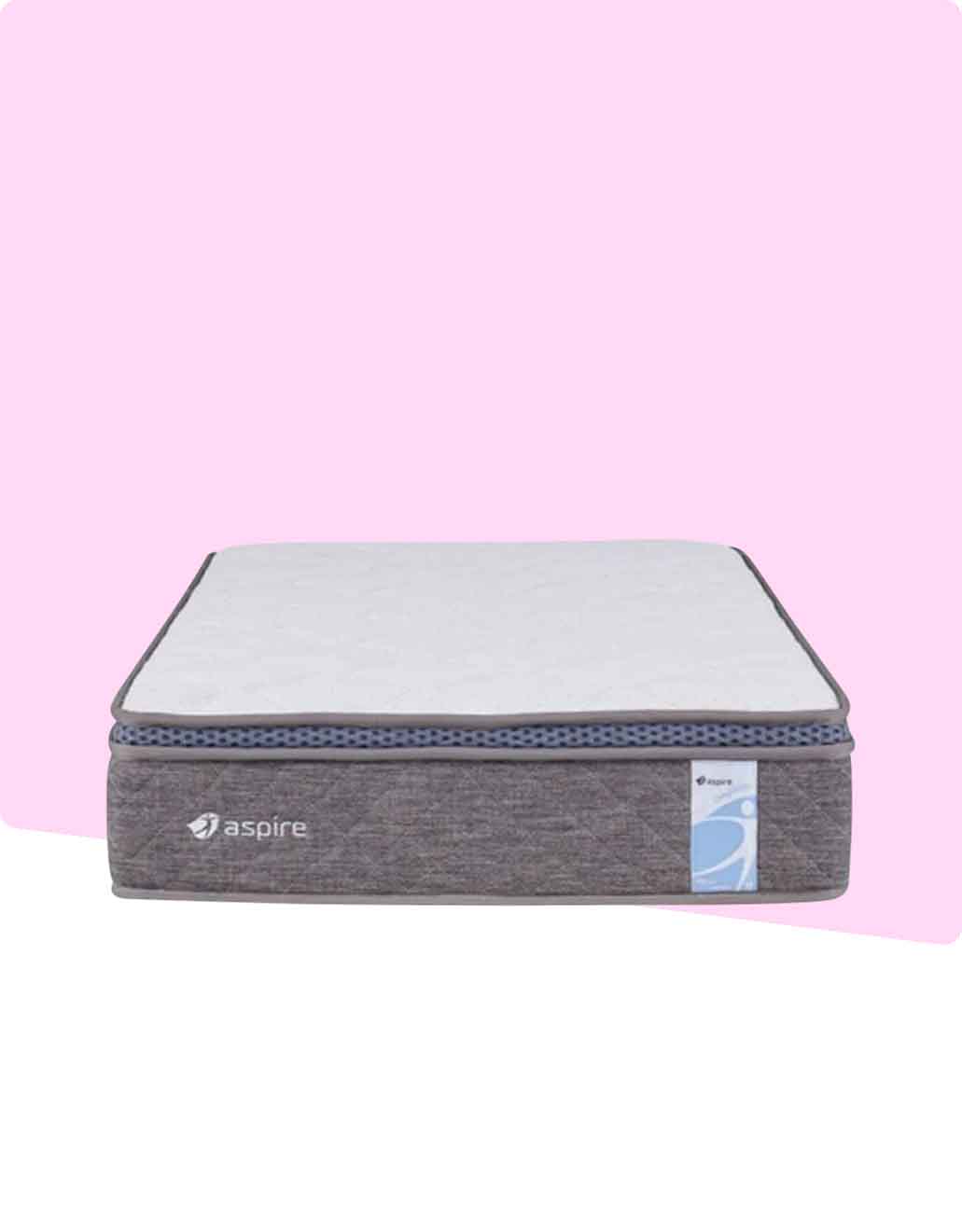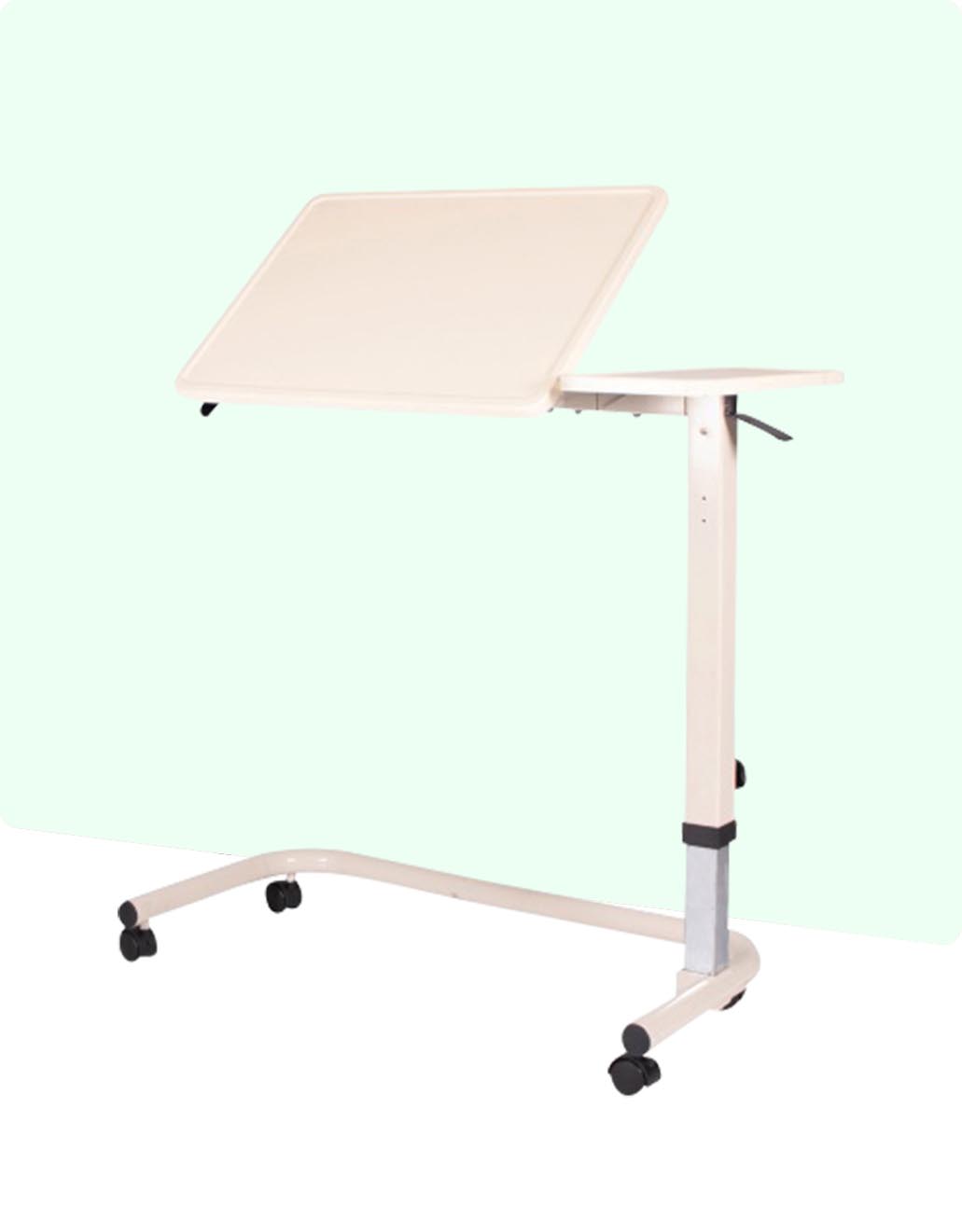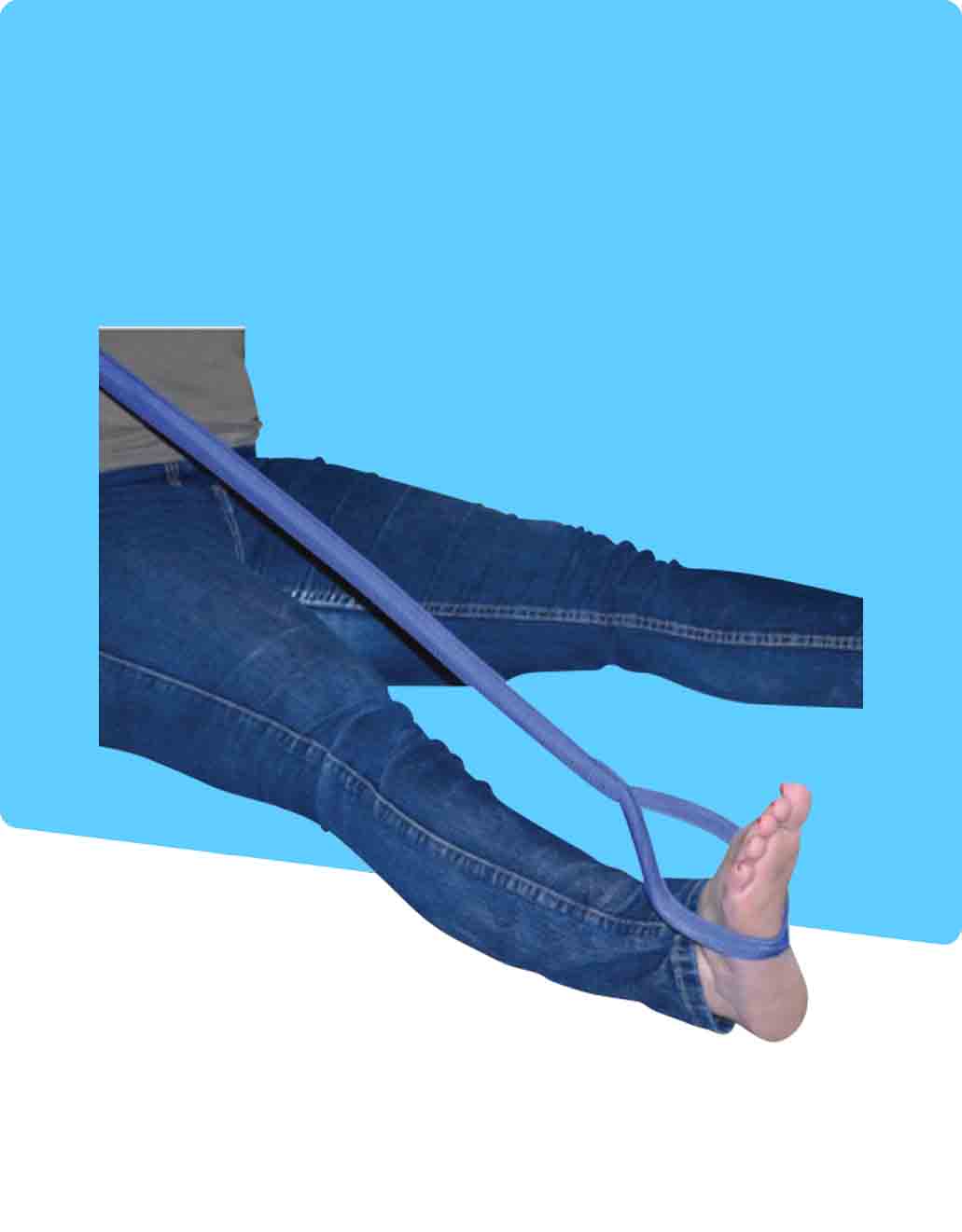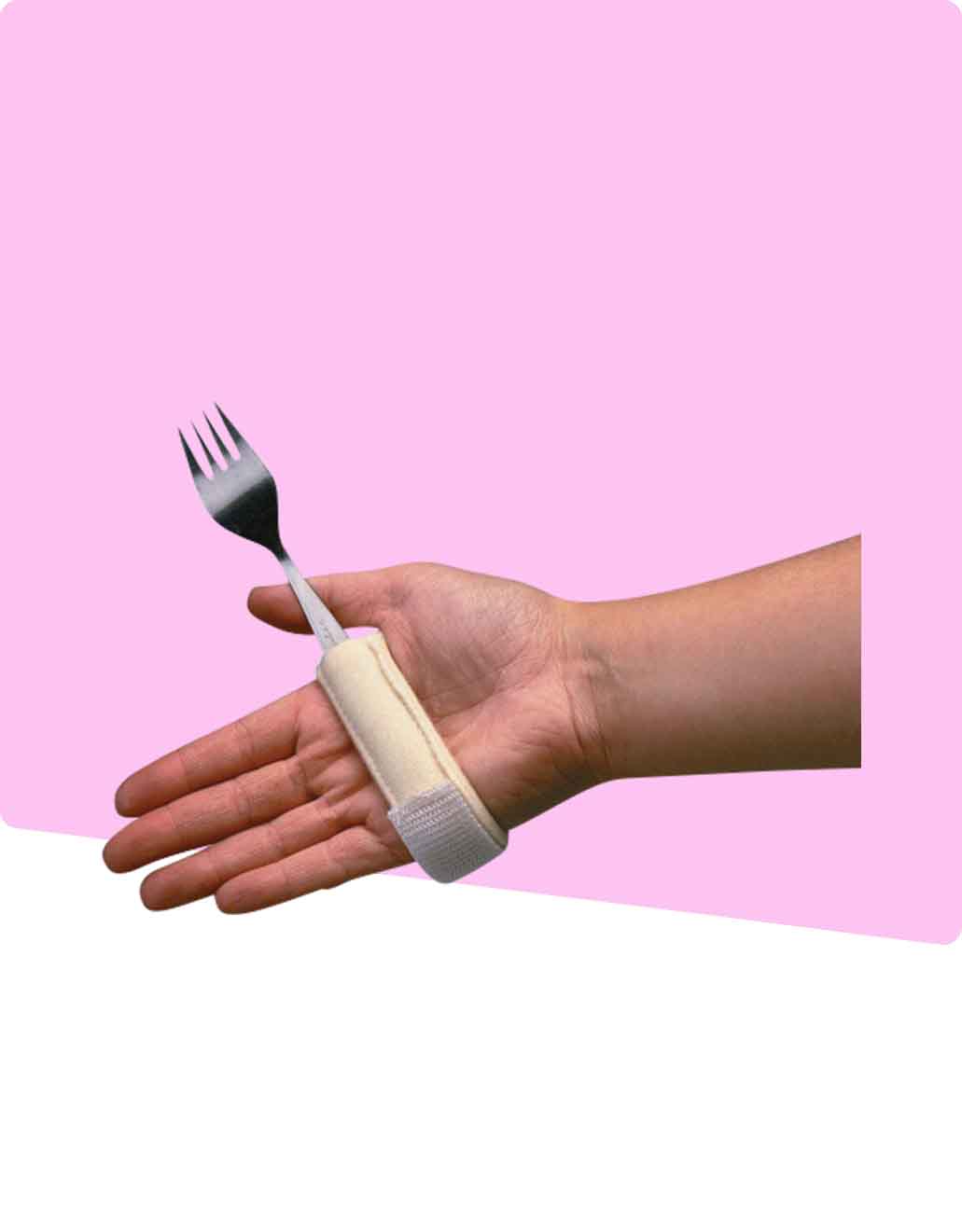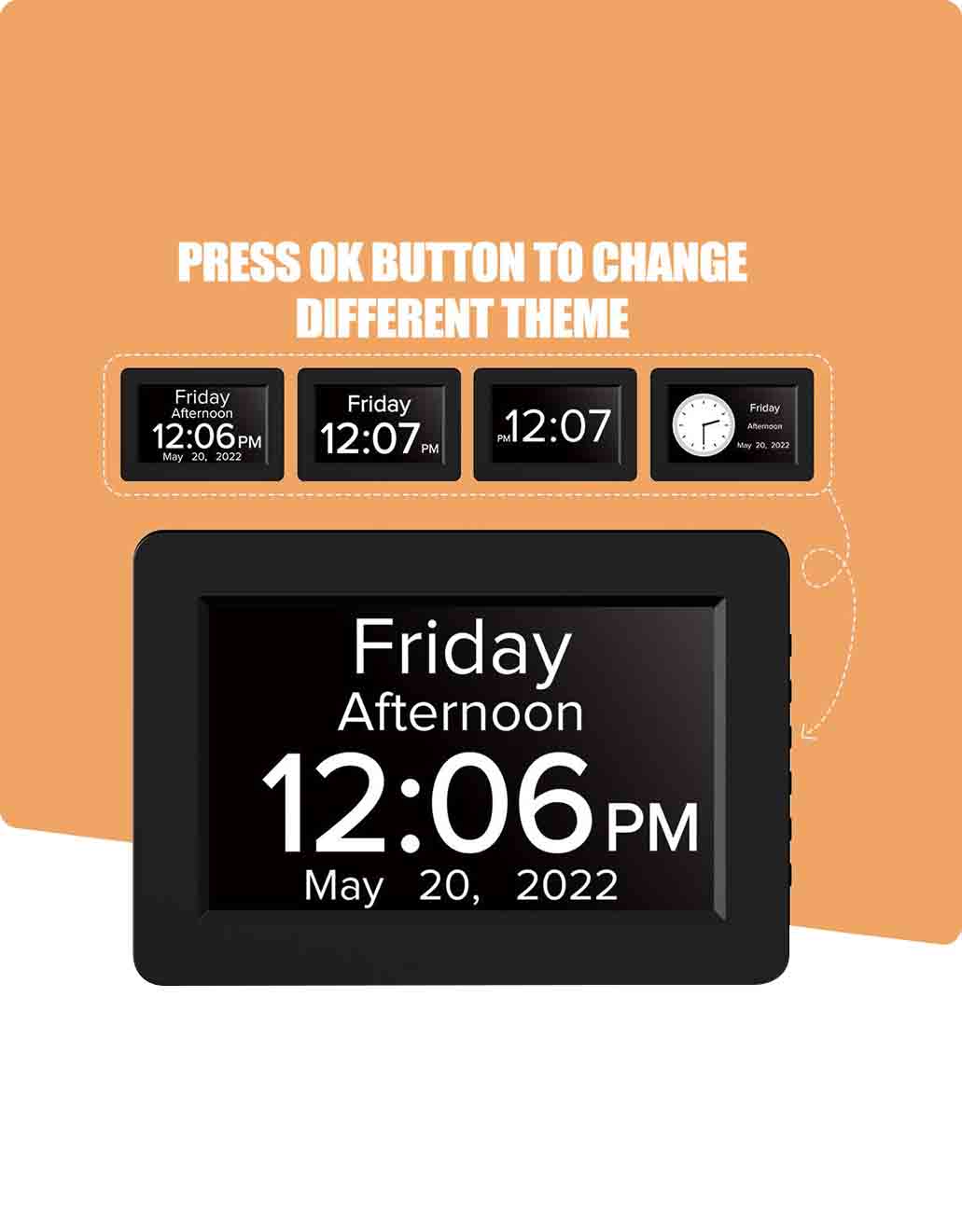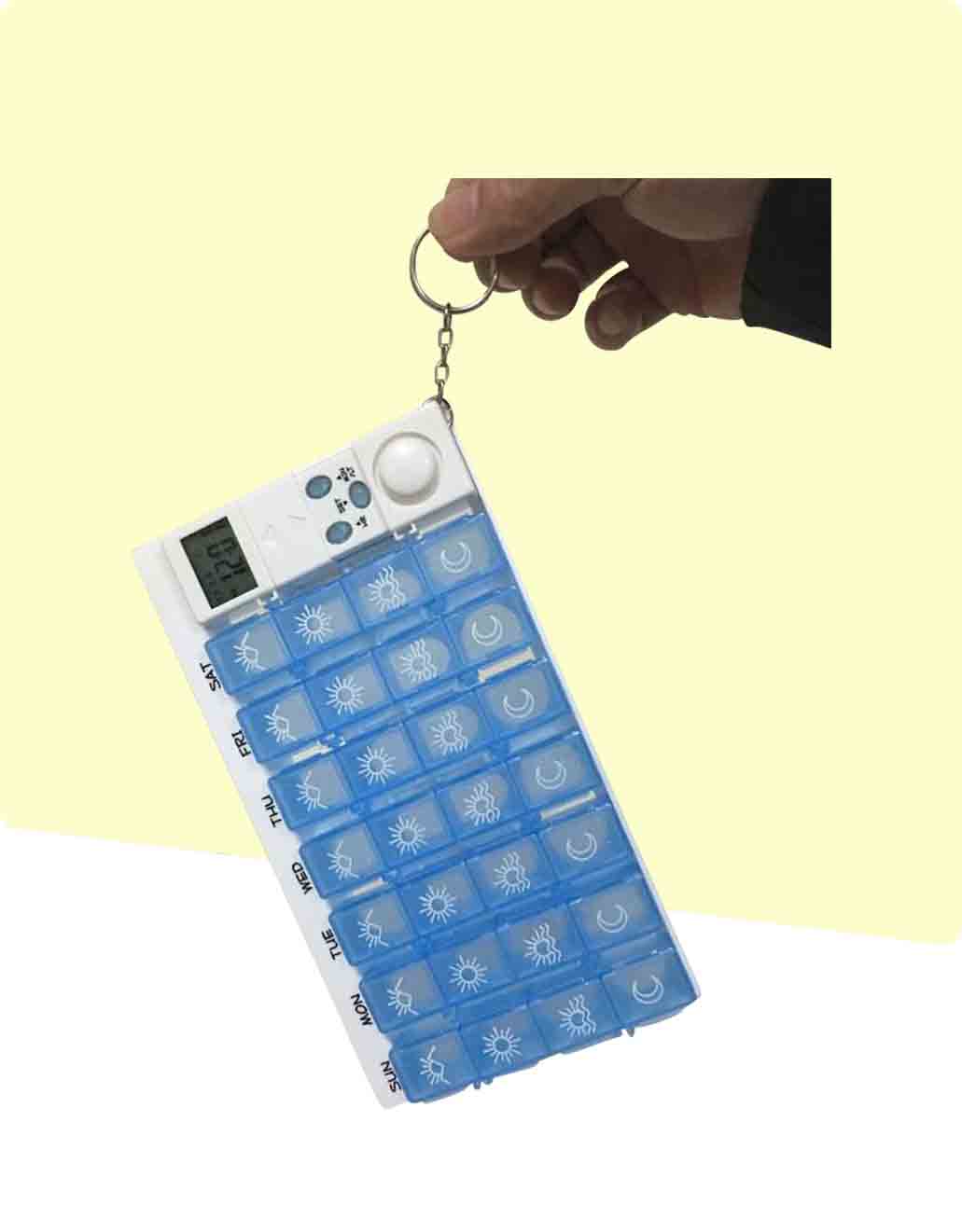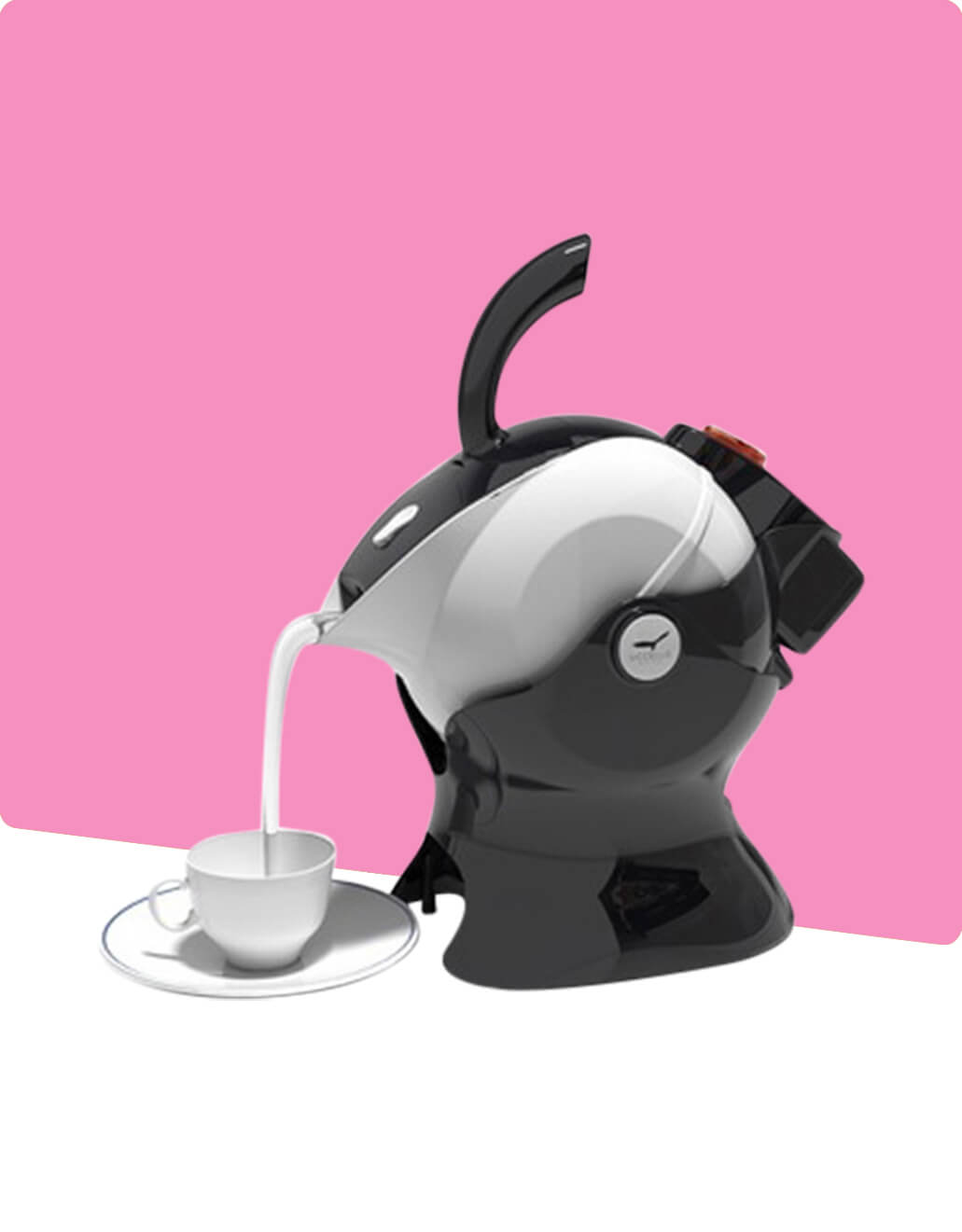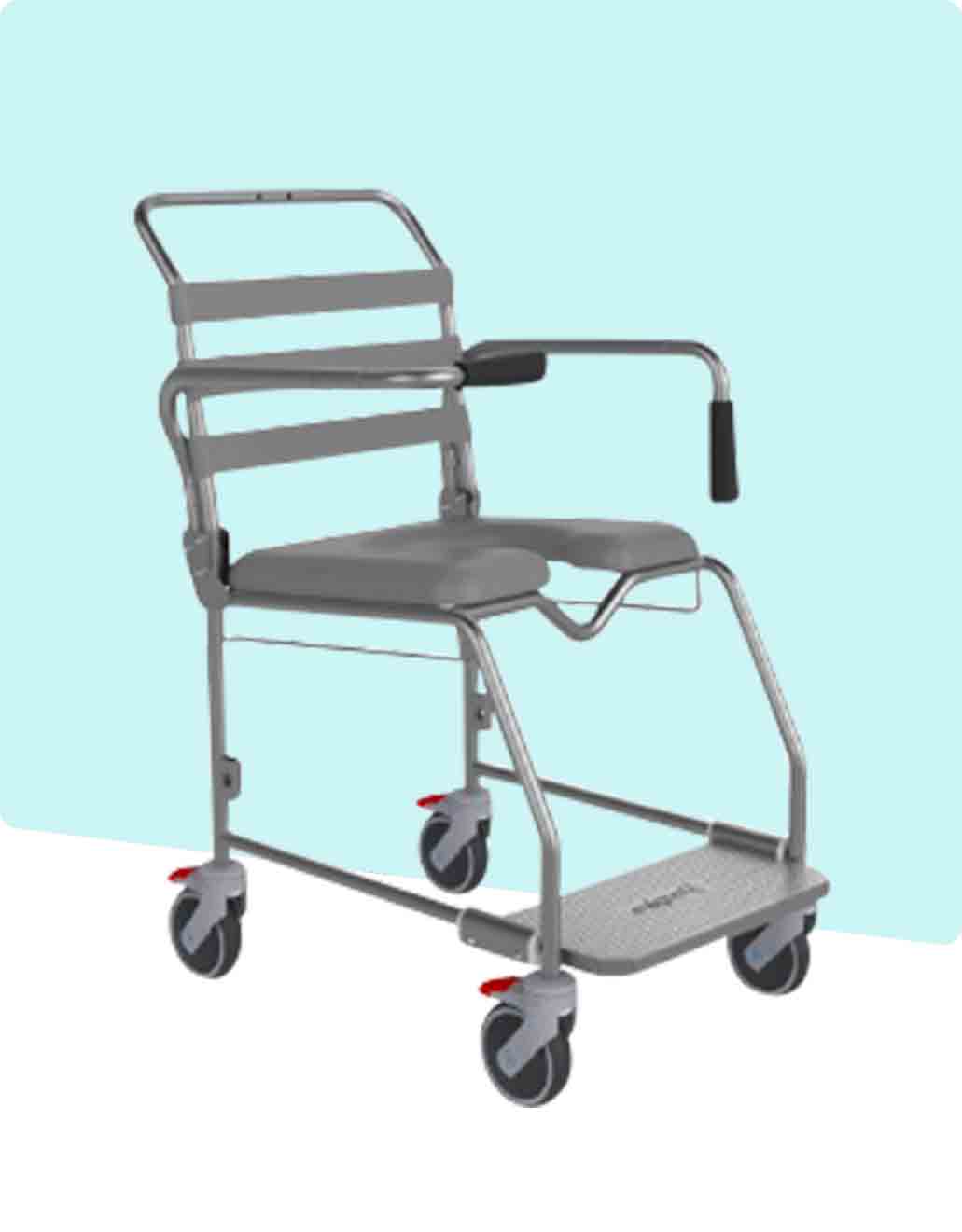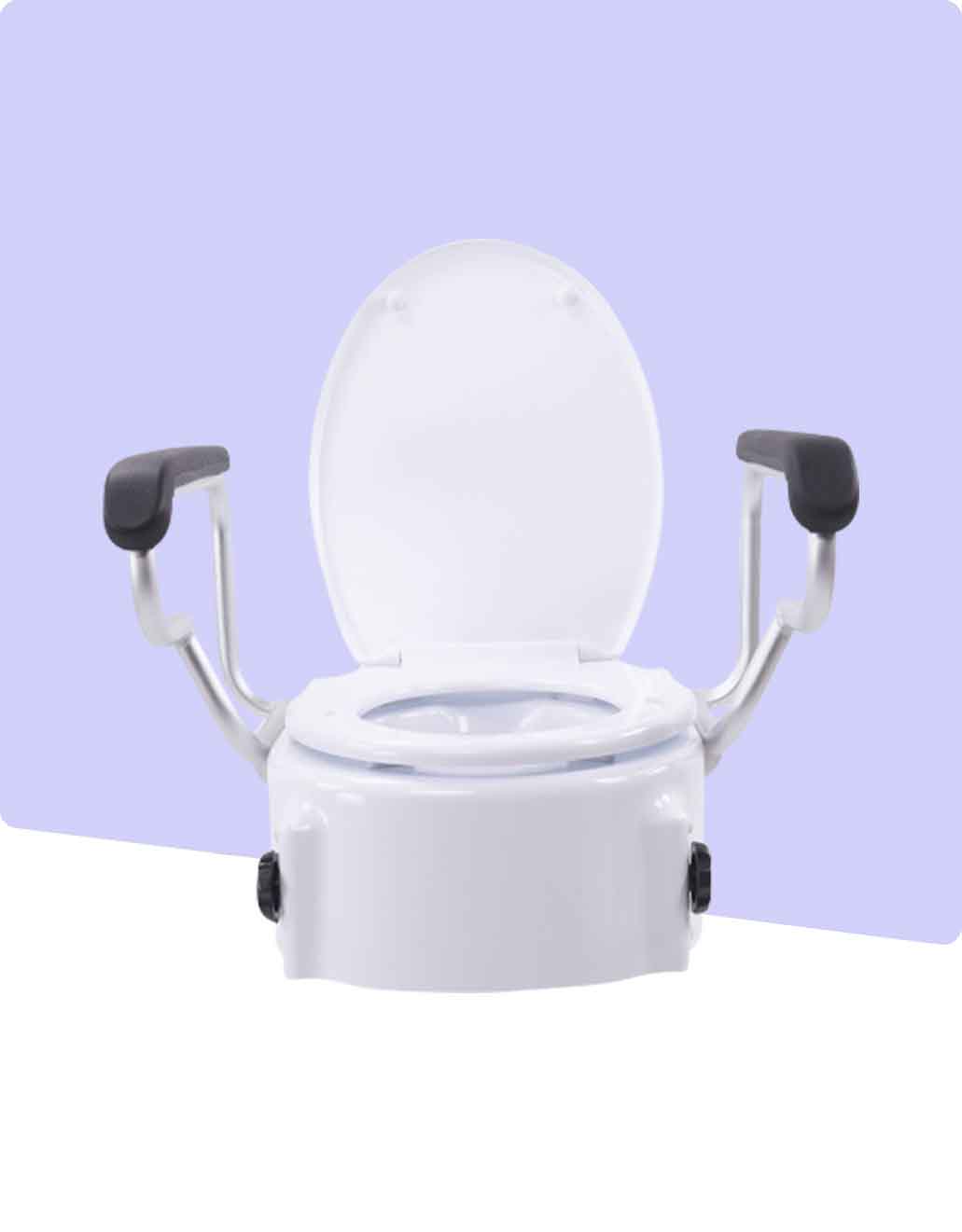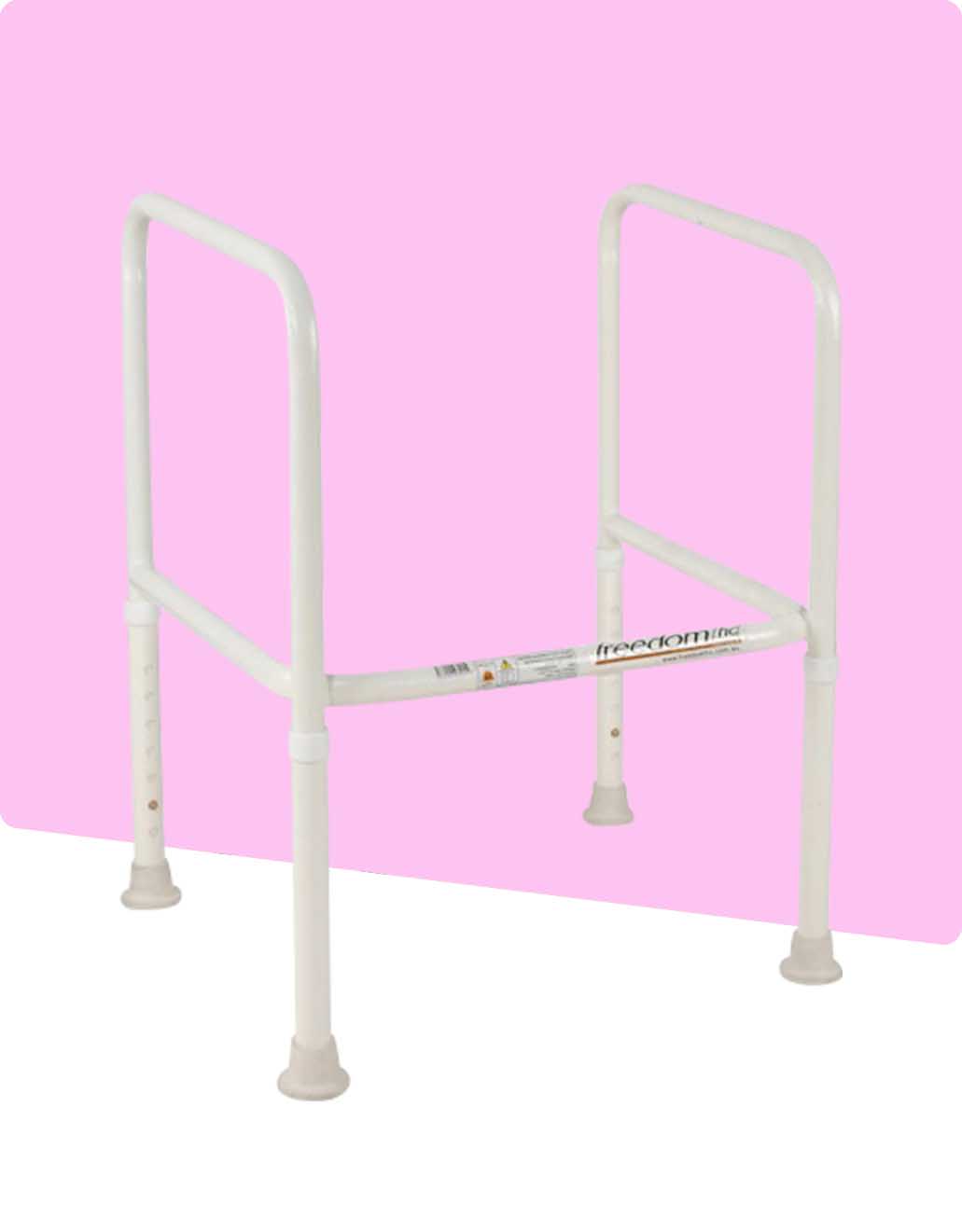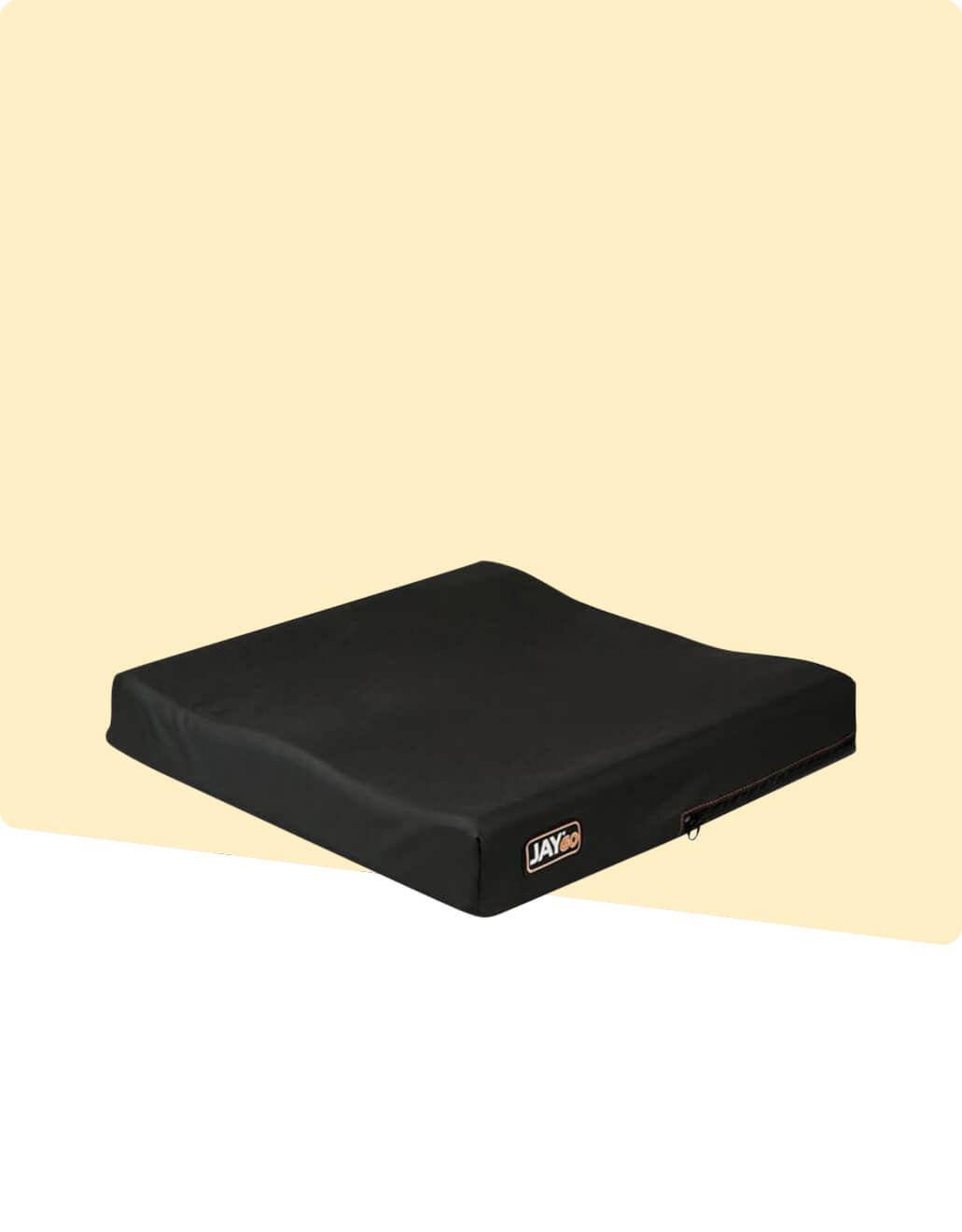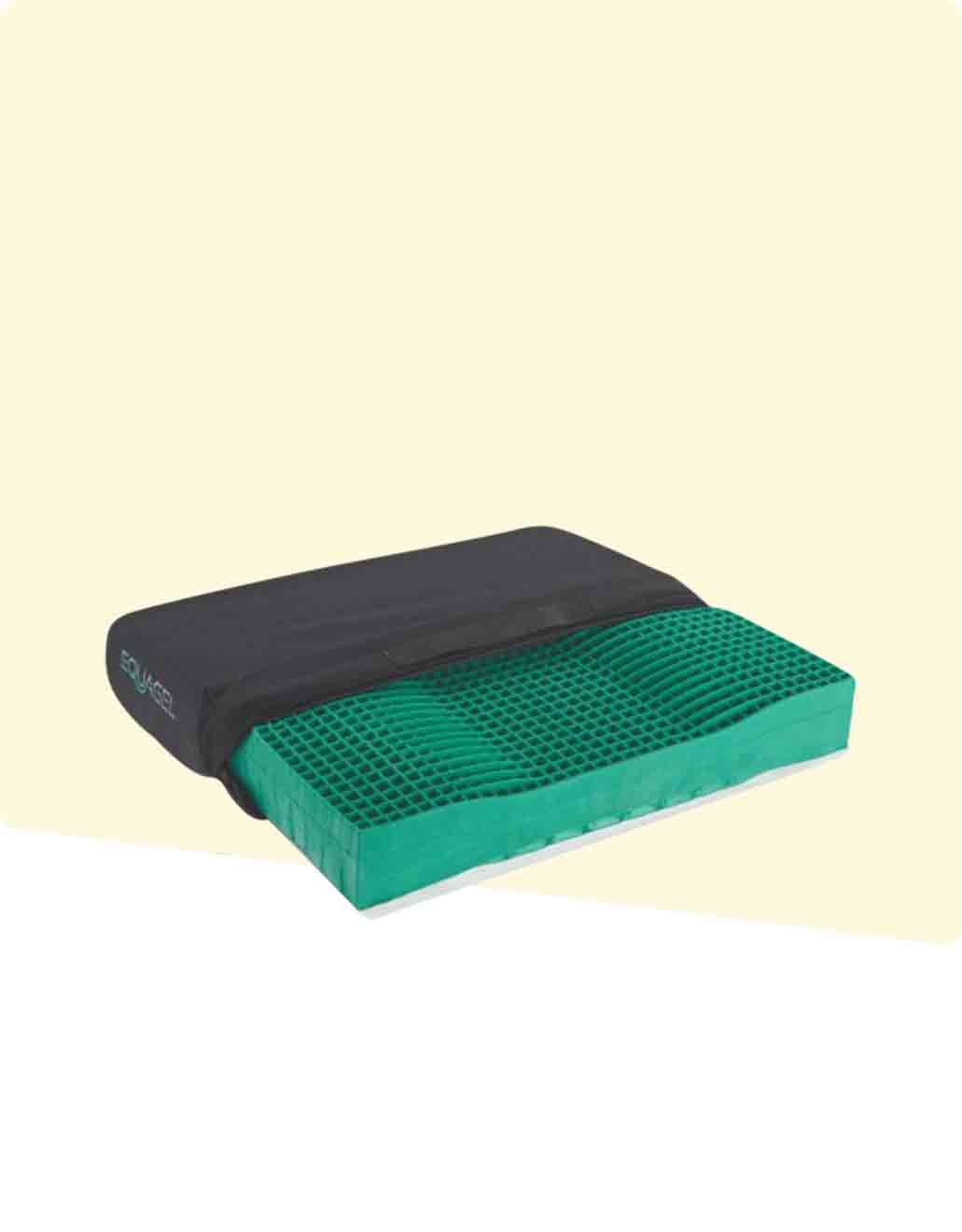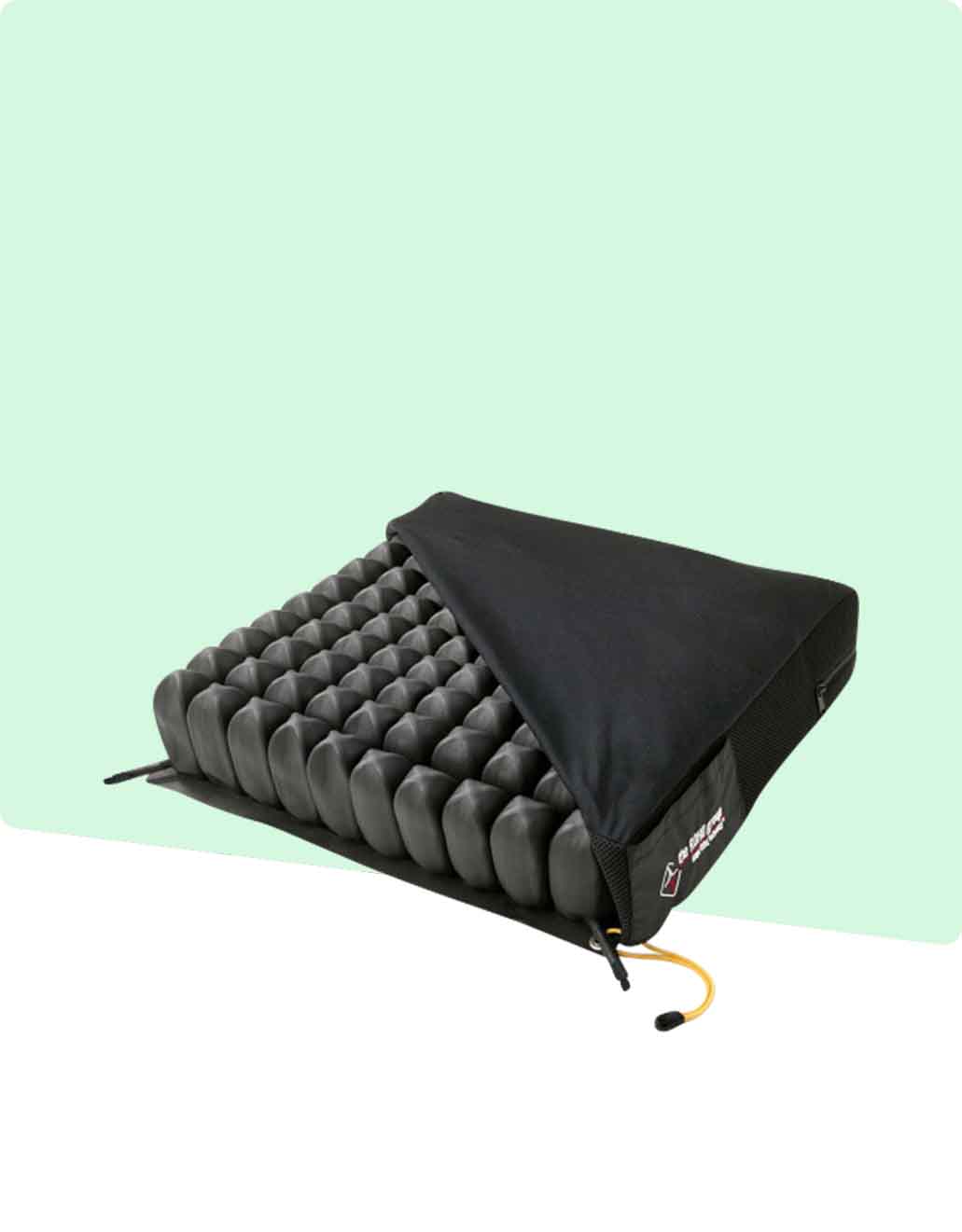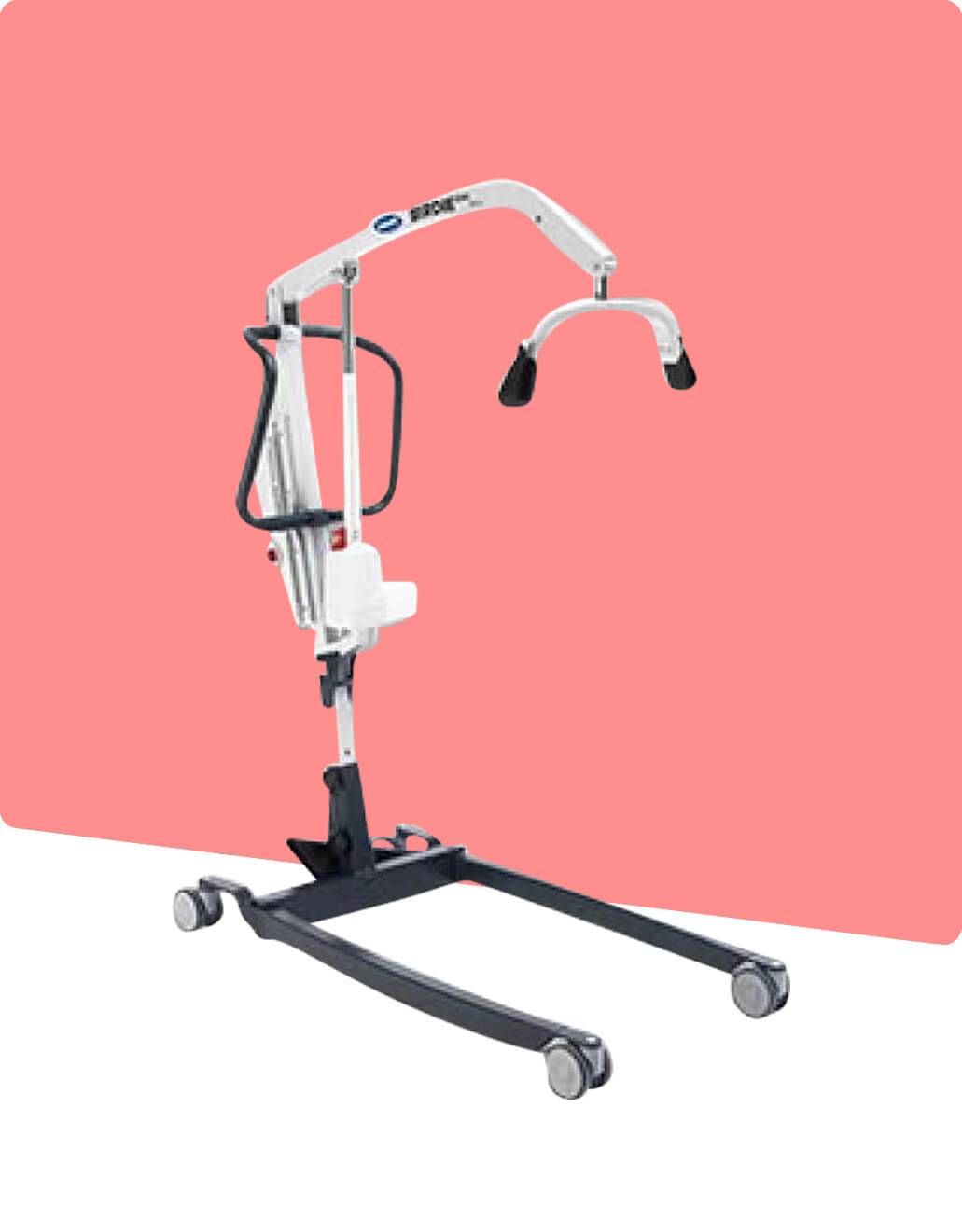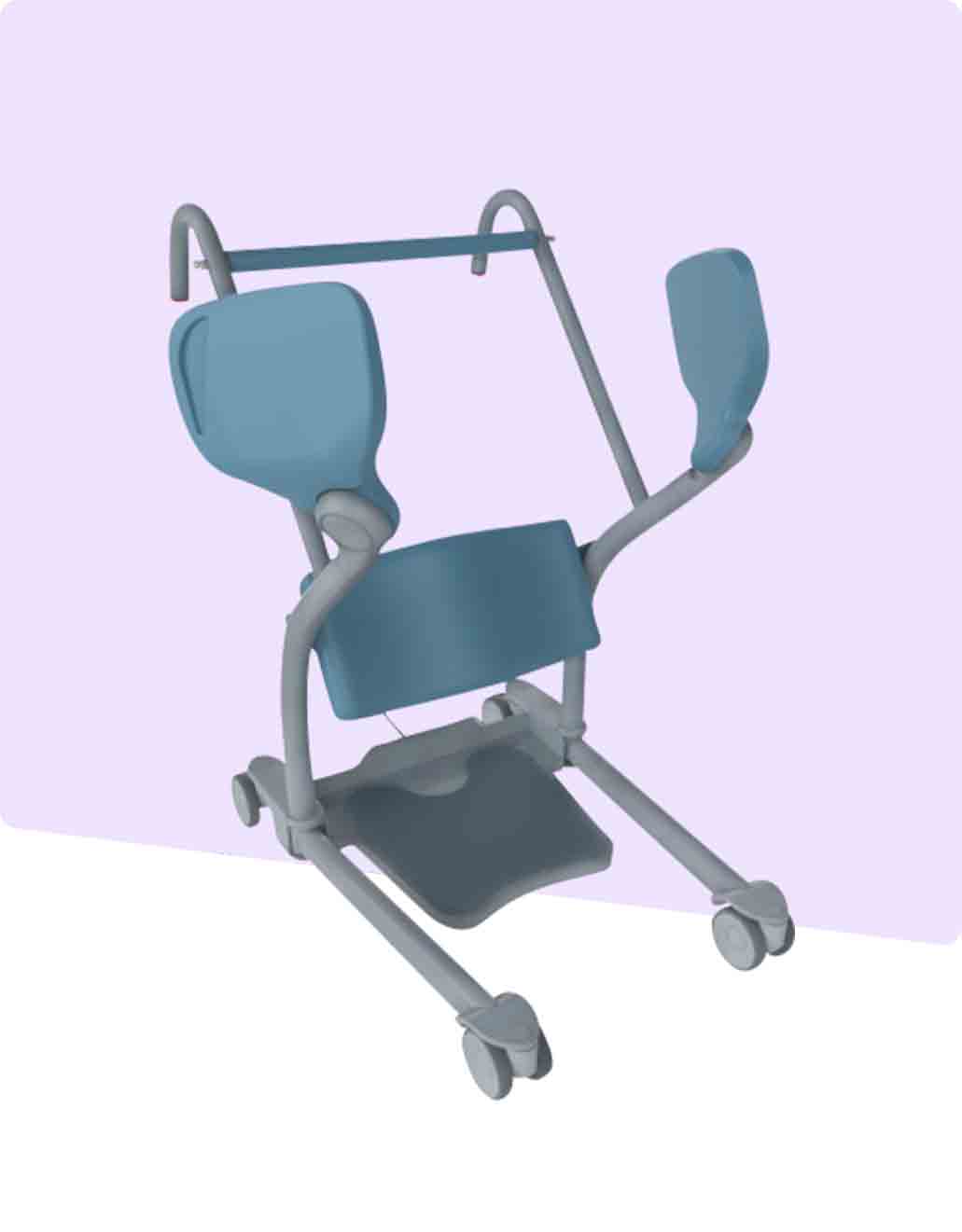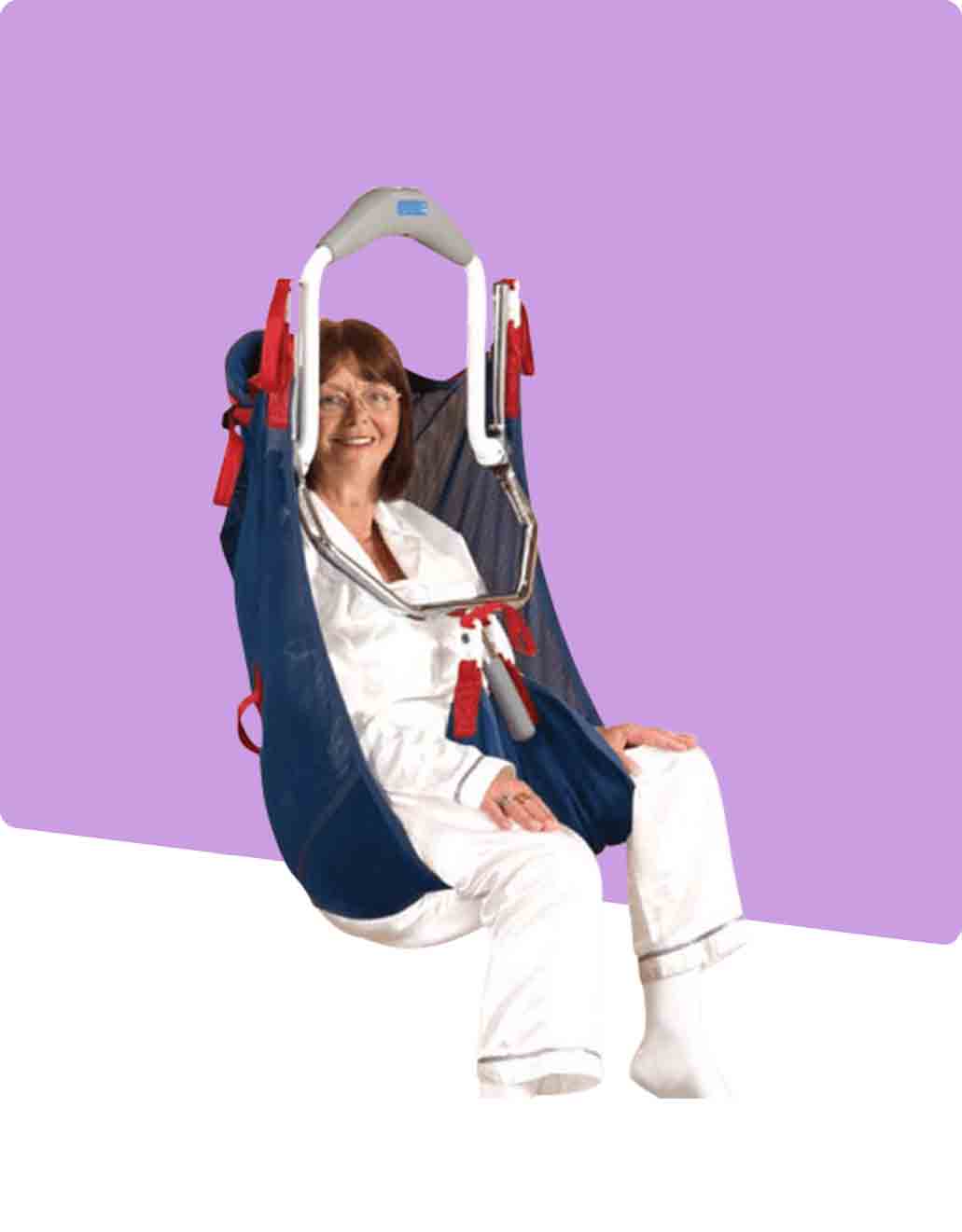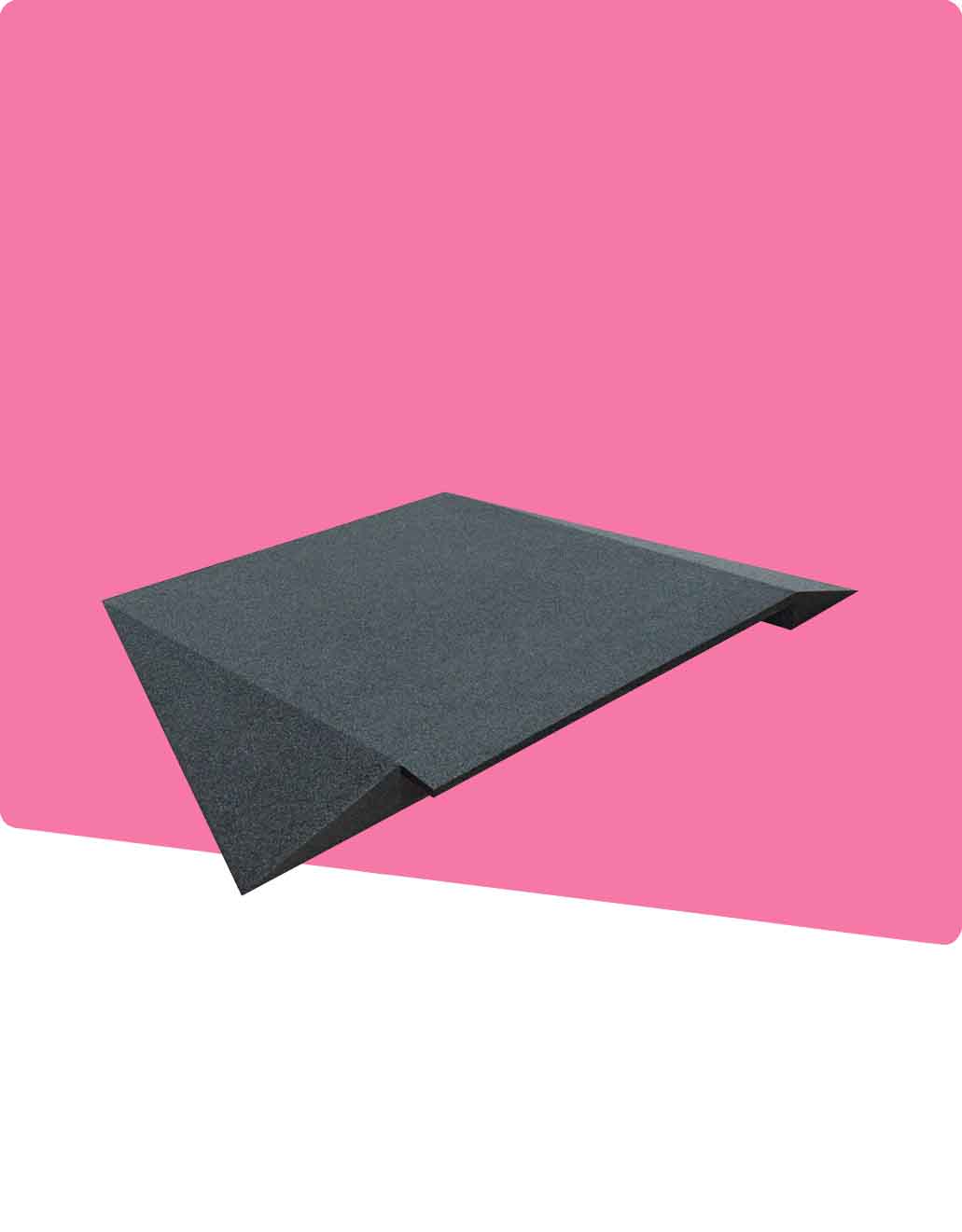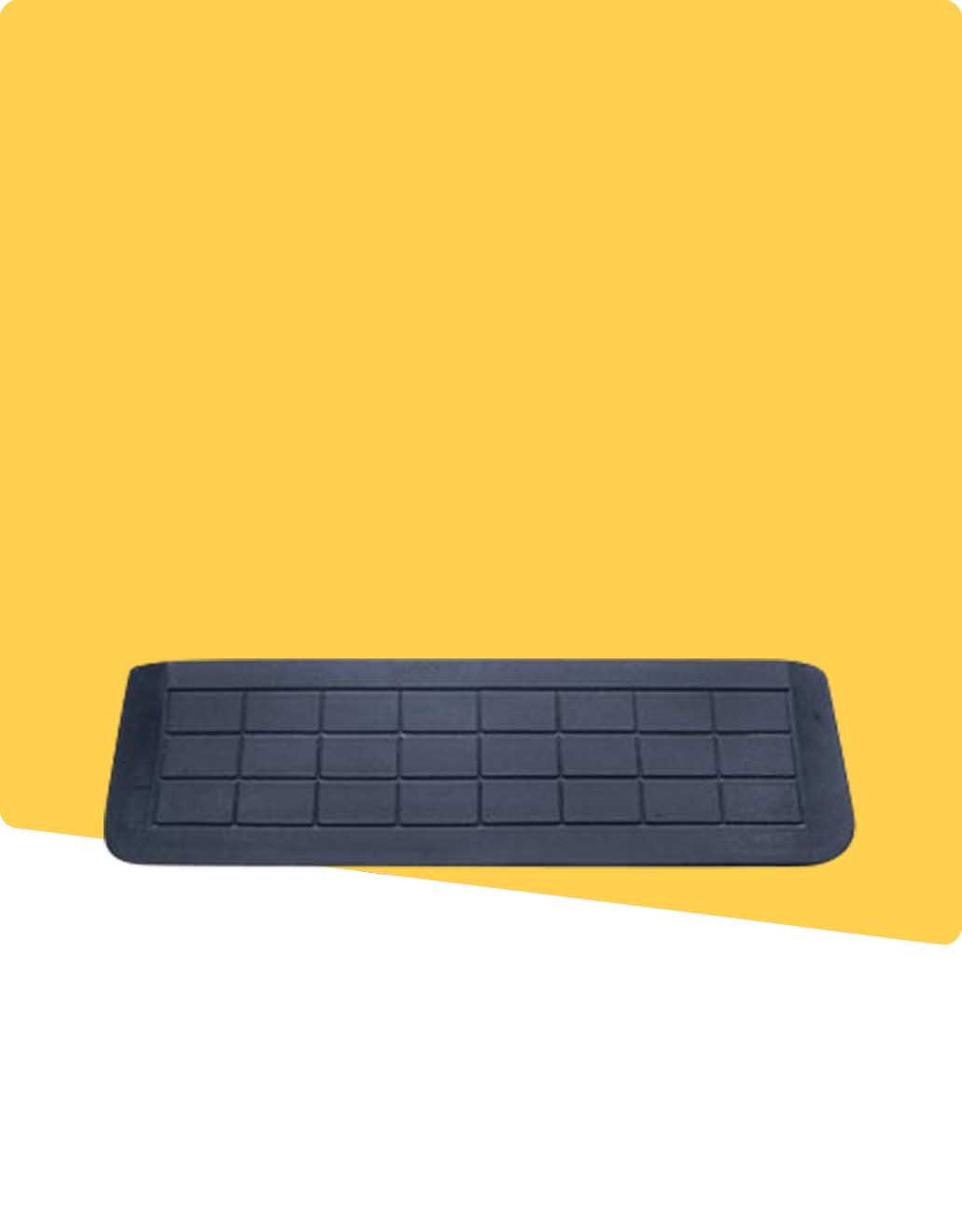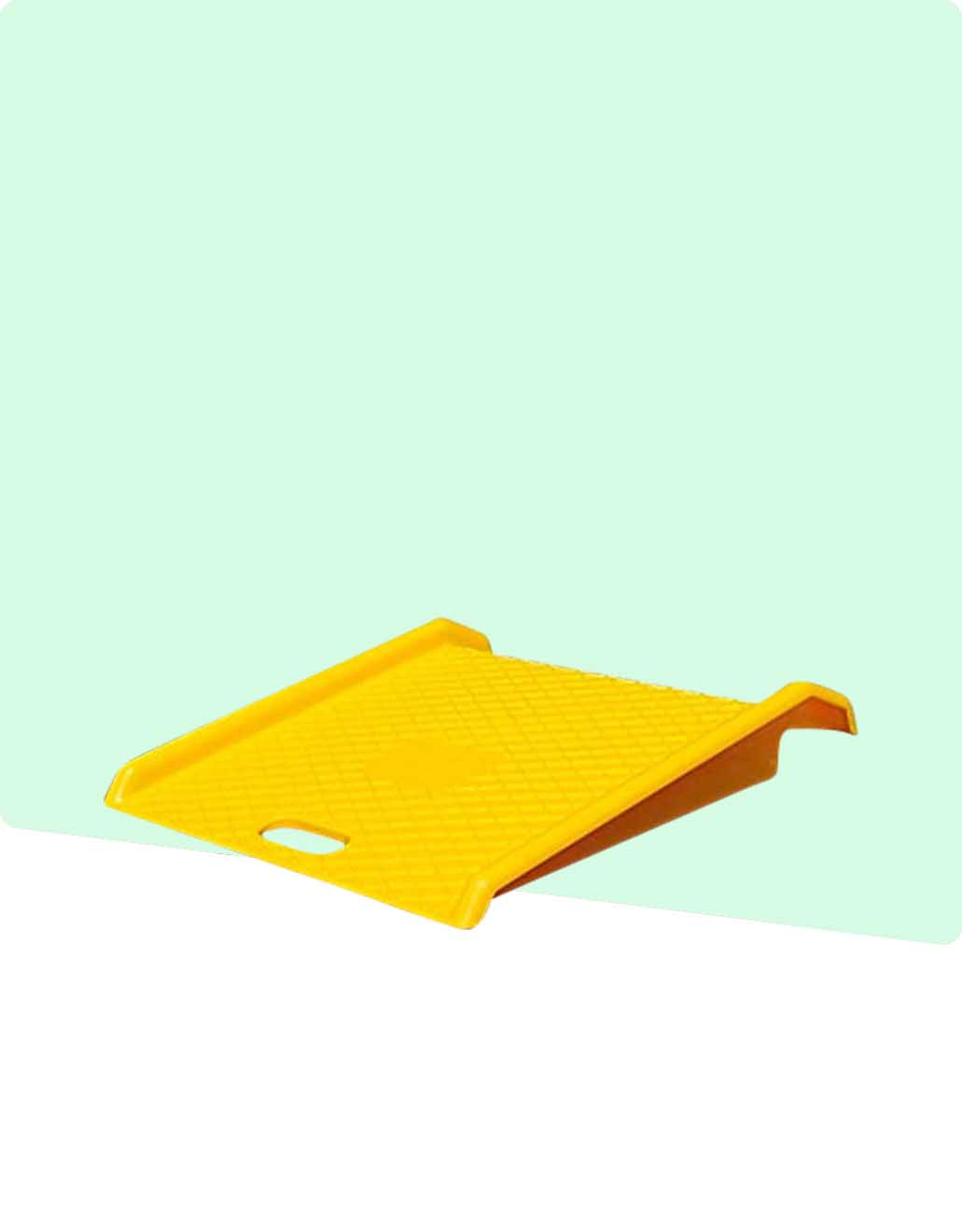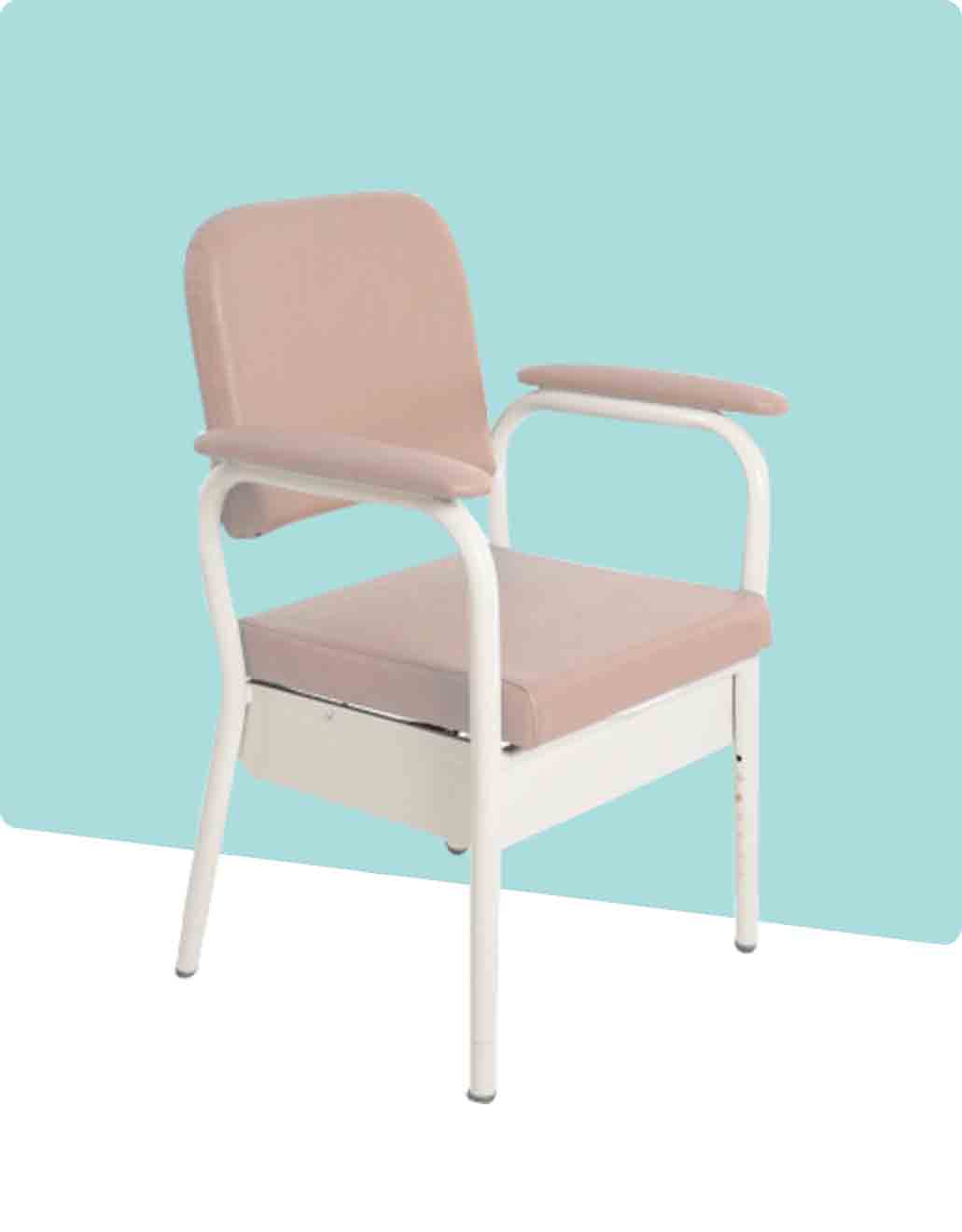How to Use a Mobility Scooter Safely for Local Shopping Trips
How to Use a Mobility Scooter Safely for Local Shopping Trips
From Adaptive Equipment - Helping you travel with confidence and independence.
🛵 Overview
Using a Mobility Scooter can transform your independence - making it easier to visit friends, shop locally or enjoy fresh air outdoors. Whether you’re new to Scooters or looking to refresh your safety habits, this guide will walk you through each step to help you travel confidently, comfortably, and safely.
Mobility Scooters are medical mobility aids, not toys or motorbikes. Understanding how to prepare, operate and maintain your Mobility Scooter will help you avoid accidents, keep it in top condition and make every trip enjoyable.
Before You Begin
Who this guide is for
- Older adults who use Mobility Scooters for local transport or community access
- People with limited mobility who want to shop or socialise independently
- Carers supporting someone who uses a Mobility Scooter
What you’ll learn
- How to prepare your Mobility Scooter for travel
- How to ride and steer safely in public areas
- How to handle obstacles and different surfaces
- What to do if something goes wrong
Equipment Checklist
Before leaving home, make sure you have:
- ✅ Fully charged scooter (battery indicator shows full or near full)
- ✅ Keys (if applicable)
- ✅ Mobile phone or emergency contact device
- ✅ Hat, sunscreen and water bottle (for sunny days)
- ✅ Weather-appropriate clothing (and rain cover if needed)
- ✅ Reusable shopping bag or basket securely attached
- ✅ Any personal ID, medical card or mobility permit
Optional:
- ⚙️ Small toolkit (if travelling long distances)
- ⚙️ Portable charger (if your scooter supports one)
- ⚙️ Reflective vest or flag for improved visibility
Step 1: Pre-Trip Safety Check
A quick inspection before every trip helps prevent breakdowns and ensures safe operation.
- Battery - Confirm your scooter is fully charged. Most models have a battery gauge near the handlebars.
- Tyres - Check for proper inflation (if pneumatic) and no cracks or bulges.
- Brakes - Test that the brake or speed control lever responds and releases properly.
- Lights and Indicators - Turn them on briefly to confirm they’re working.
- Seat and Armrests - Make sure they’re locked securely and adjusted for comfort.
- Mirrors and Horn - Adjust mirrors if fitted; test horn for pedestrian alerts.
- Personal Comfort - Check your seating posture: hips back, feet flat, elbows relaxed at 90°.
🔹 Tip: Keep a regular maintenance log - most scooters benefit from a professional service every 6–12 months.
Step 2: Preparing to Leave Home
- Plan your route - Choose smooth, accessible footpaths or shopping centres with ramps and lifts.
-
Check the weather - Avoid heavy rain or strong winds that could affect stability.
- Secure your belongings - Use baskets, bags or under-seat compartments; never hang bags from the handlebars.
- Adjust your speed setting - Start on the lowest setting until you’re confident.
- Unlock parking brake (if fitted) - And gently test throttle before moving off.
🔹 Safety Tip: Never overload your Mobility Scooter. Check your model’s maximum user and load weight (including bags).
Step 3: Starting and Stopping Safely
1. Starting:
- Turn the key to ON (or press power button).
- Place both hands on handlebars.
- Gently squeeze the throttle lever to move forward slowly.
- Practice smooth starts and stops in a quiet area before heading out.
2. Stopping:
- Release the throttle - most Mobility Scooters automatically brake when released.
- For models with manual brakes, apply gradually until you stop.
- Keep both feet on the footplate and avoid sudden stops that could cause tipping.
🔹 Tip: Always start on the 'lowest speed' setting until fully comfortable with handling.
Step 4: Navigating Footpaths, Ramps and Curbs
Mobility Scooters are designed for footpaths and pedestrian areas - not roads (unless there’s no safe alternative).
Footpaths
- Keep to the left and travel at 'walking pace' around pedestrians.
- Slow down near driveways, shop entrances or uneven surfaces.
- Give way to pedestrians at all times.
Ramps and Crossings
- Approach ramps and inclines straight on, not at an angle.
- Reduce speed and lean slightly forward when going uphill.
- When descending, lean slightly back and keep both hands on the controls.
- Avoid crossing steep kerbs; use dropped curbs or designated crossings.
Inside Shopping Centres
- Switch to low-speed mode.
- Be aware of tight corners, displays and other shoppers.
- Use lifts instead of escalators - never attempt an escalator with a scooter.
⚠️ Caution: If your scooter struggles to climb a ramp, don’t force it - reverse carefully and find an alternate route or ask for assistance.
Step 5: Parking and Shopping Safely
1. Choose a safe parking area:
- Use designated mobility parking spaces or wide aisles.
- Avoid blocking walkways or exits.
2. Turn off the scooter:
- Remove the key if applicable.
- Apply handbrake or lock the tiller.
3. Use your basket or bag for items:
- Distribute weight evenly.
- Don’t overload the tiller with heavy shopping.
4. When paying or reaching counters:
- Position yourself side-on for easier reach.
- If needed, ask staff for assistance - most are trained to help.
🔹 Tip: Consider using a 'folding grabber tool' for reaching items on high shelves.
Step 6: Returning Home
- Plan your route back and avoid steep hills or rough terrain if your battery is low.
- Keep speed low when entering driveways or doorways.
- Turn off and secure scooter before transferring off the seat.
- Plug in the charger and allow a full charge before next use (most chargers have an indicator light).
- Wipe the scooter down with a soft cloth, especially after wet weather.
Battery Care Tip: Don’t let batteries fully discharge regularly - it shortens lifespan. Charge after each use, even short trips.
Step 7: What to Do in an Emergency
If the scooter stops unexpectedly:
- Turn off, wait a few seconds, then restart.
- Check battery indicator; if empty, call for assistance.
If you feel unwell or dizzy:
- Stop immediately, switch off the scooter and rest.
- Use your phone or emergency pendant to call for help.
If a mechanical fault occurs:
- Avoid pushing a powered scooter manually unless there’s a 'freewheel' mode.
- Contact your equipment supplier or roadside mobility service if available.
Adaptive Equipment Tip: Consider carrying a laminated emergency card with your name, contact details and any medical conditions.
Step 8: Cleaning and Maintenance After Use
-
Wipe down surfaces - With a damp cloth - avoid soaking electrical components.
-
Inspect tyres and frame - For damage or debris.
-
Store in a dry, cool area - Avoid direct sunlight or rain exposure.
-
Charge batteries fully - Before storing for more than a few days.
- Schedule servicing - Every 6–12 months for safety and performance.
Troubleshooting Common Issues
| Issue | Possible Cause | Quick Fix |
| -------------------------- | ----------------------------------- | ---------------------------------------------- |
| Scooter won’t start | Key not fully turned / flat battery | Check battery, recharge, ensure key connection |
| Scooter jerks or cuts out | Loose connection / low battery | Turn off, restart, inspect charger plug |
| Lights or horn not working | Blown fuse / faulty switch | Contact supplier for replacement |
| Reduced speed | Power setting low / battery low | Adjust speed dial or recharge battery |
| Difficulty climbing slopes | Load too heavy / battery weak | Reduce load, recharge or service |
Confidence and Community
Becoming confident with your Mobility Scooter takes practice. Start small - perhaps around the block or in a quiet car park - before heading to busy areas. Adaptive Equipment recommends practising the following skills in a safe environment:
- Turning in tight spaces
- Parking and reversing
- Approaching ramps at the correct angle
- Emergency stops
Joining local community mobility or senior activity groups can also help you build confidence and share experiences.
Safety Reminders
- Never ride on roads unless no footpath is available.
- Always obey pedestrian rules and crossings.
- Avoid using mobile phones or headphones while driving.
- Don’t carry passengers unless your scooter is designed for it.
- Replace batteries every 18–24 months (depending on use).
- Wear bright or reflective clothing for evening trips.
Adaptive Equipment Recommends
Our range of Mobility Scooters are carefully selected for safety, comfort and ease of use - suitable for both indoor and outdoor travel.
Models include:
- Compact Travel Scooters - Lightweight and easily transportable in cars.
- Mid-Size Scooters - Perfect for shopping trips and community use.
- Heavy-Duty Scooters - Designed for outdoor terrain and longer distances.
All models come with 'ergonomic controls', 'adjustable seating', and 'reliable braking systems', ensuring you can move with confidence wherever life takes you.
Summary
| Step | Action | Key Point |
| ---- | ------------------- | -------------------------------- |
| 1 | Check scooter | Battery, brakes, tyres |
| 2 | Plan route | Avoid obstacles and steep slopes |
| 3 | Start slowly | Practice smooth control |
| 4 | Ride courteously | Share paths safely |
| 5 | Park securely | Lock and remove key |
| 6 | Return and recharge | Keep battery healthy |
| 7 | Maintain regularly | Safety and longevity |
Final Thoughts
Using a Mobility Scooter is about 'freedom and confidence'. By following these step-by-step instructions and checking your scooter before every trip, you can enjoy shopping, social outings and errands with less stress and more independence.
Adaptive Equipment is proud to support your mobility journey with reliable scooters, expert advice and friendly after-sales support.
Need help choosing a scooter or learning safe use?
Contact Adaptive Equipment - Our experienced team can match the right model to your lifestyle, mobility level and local environment.

